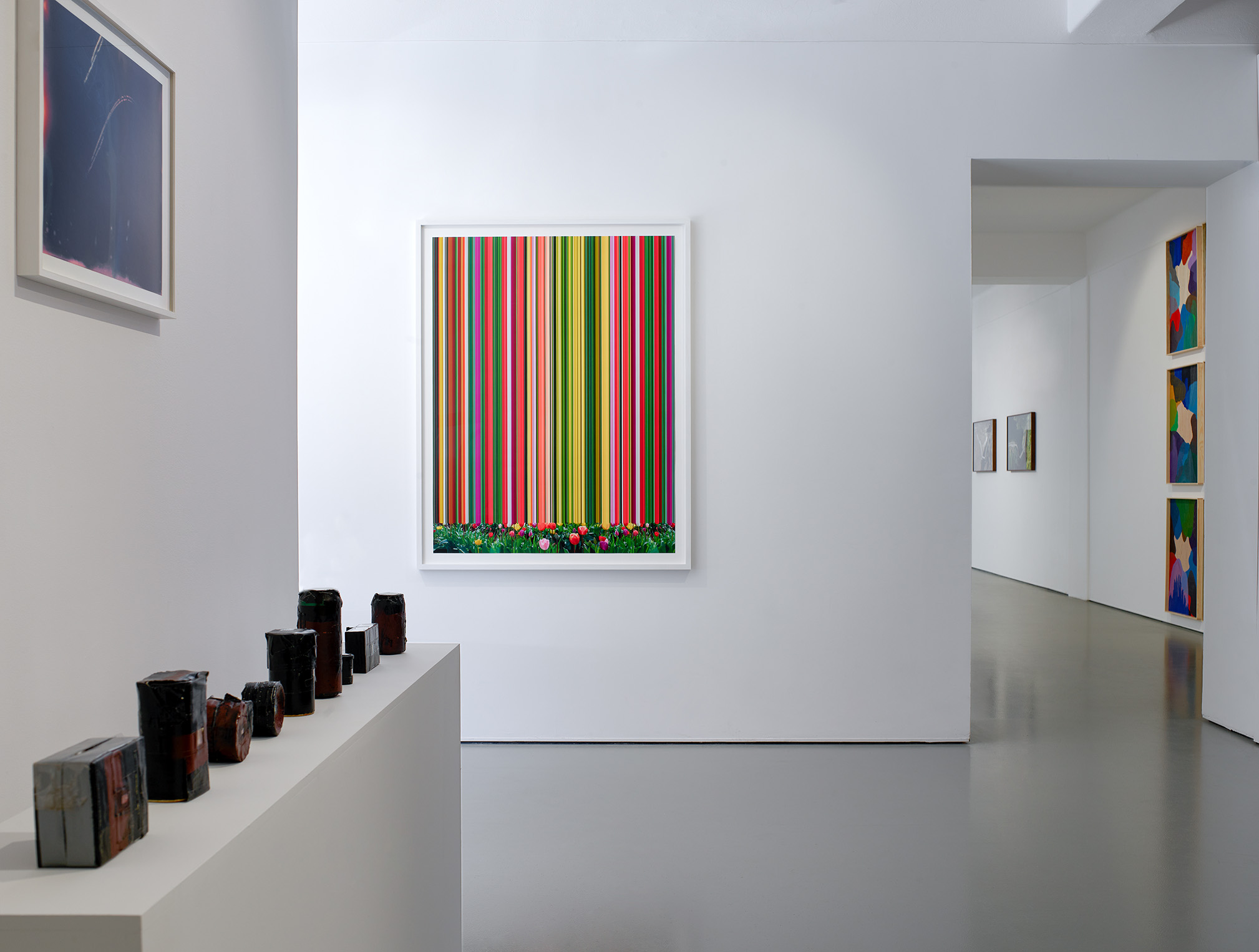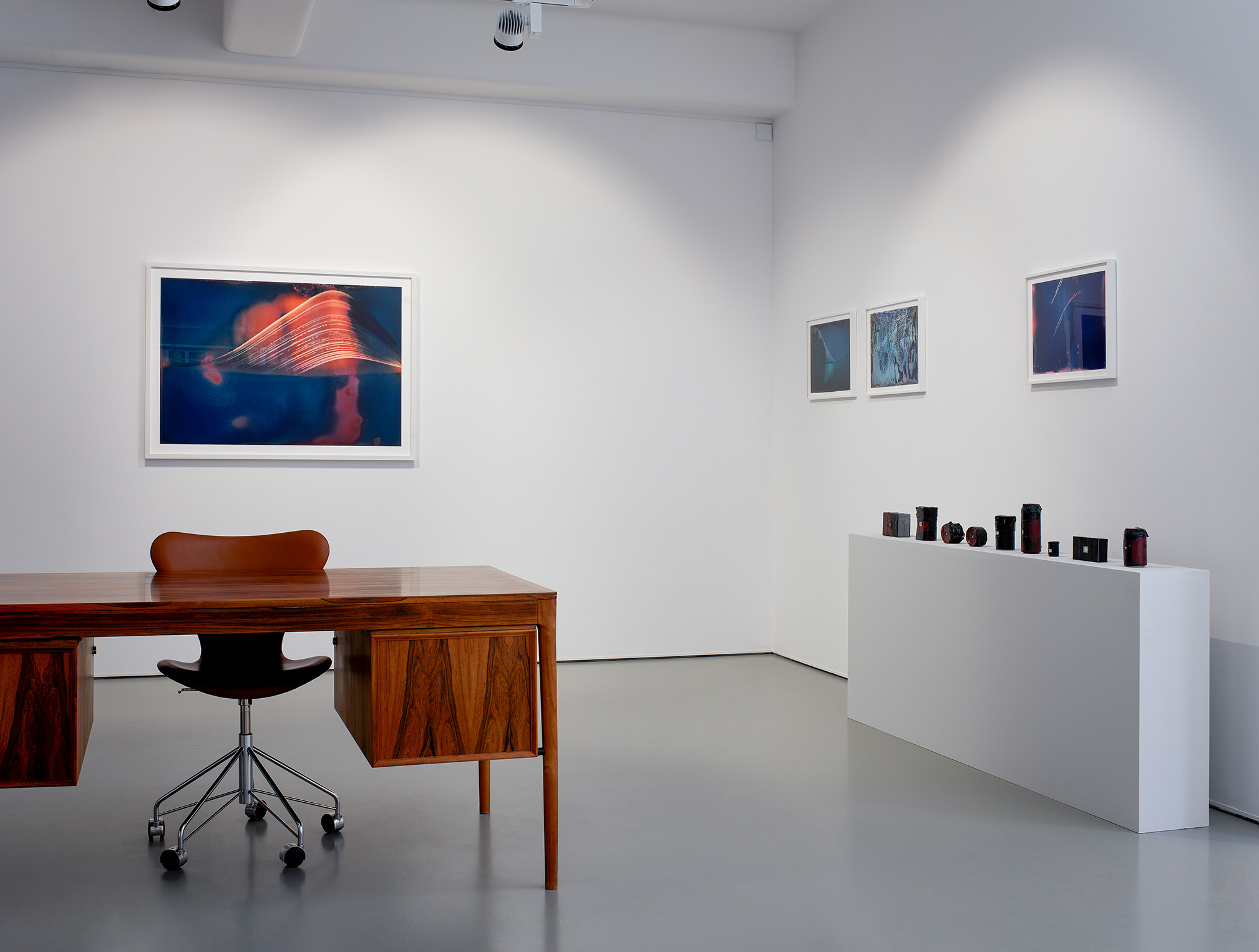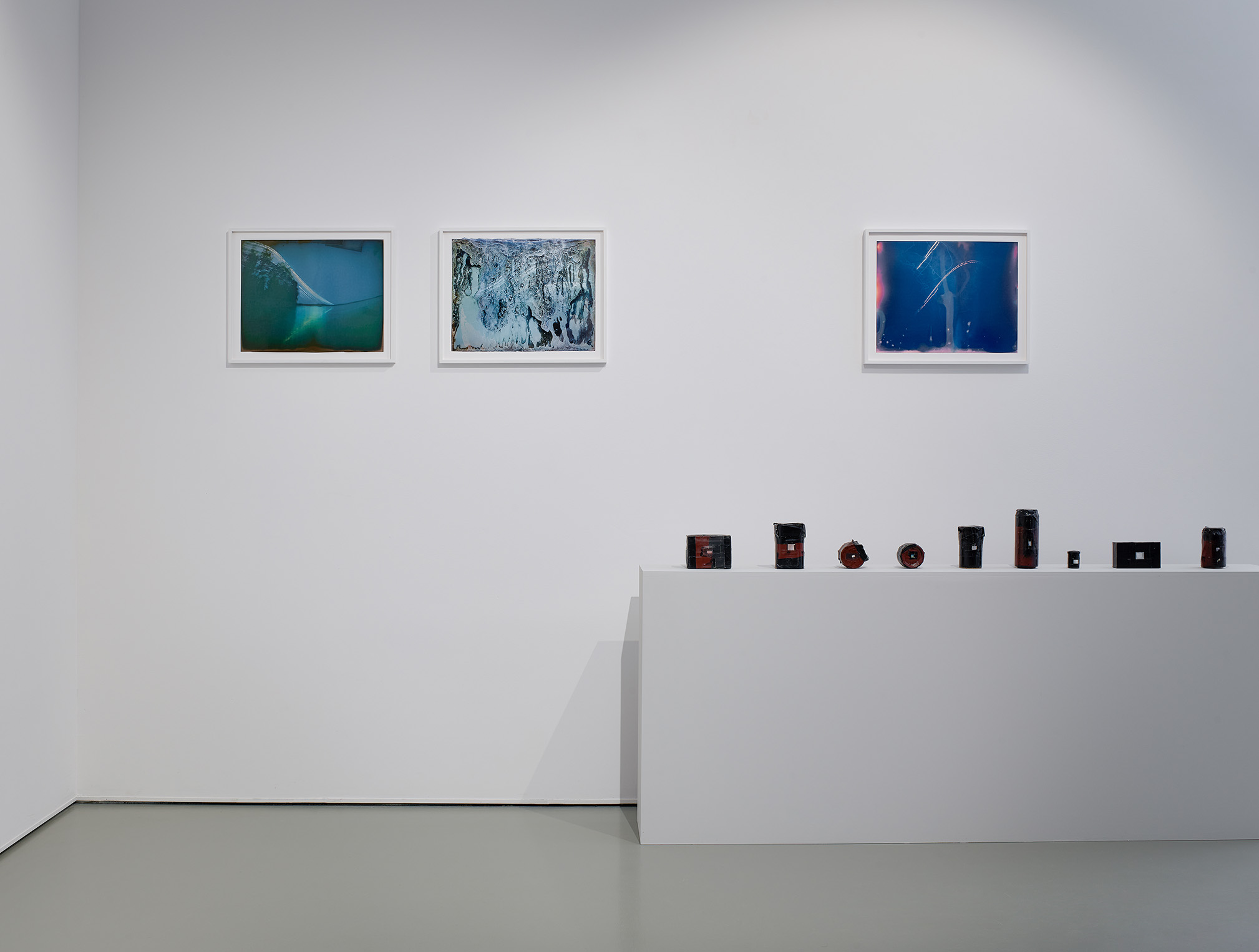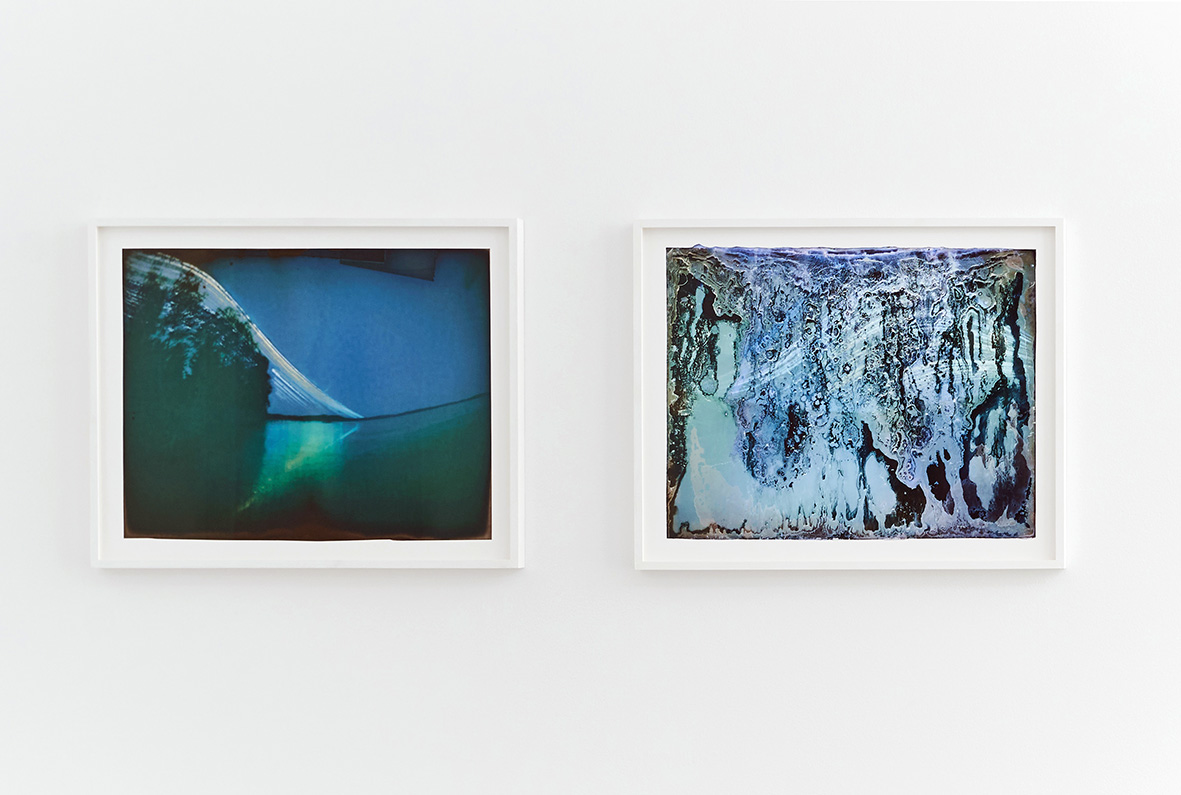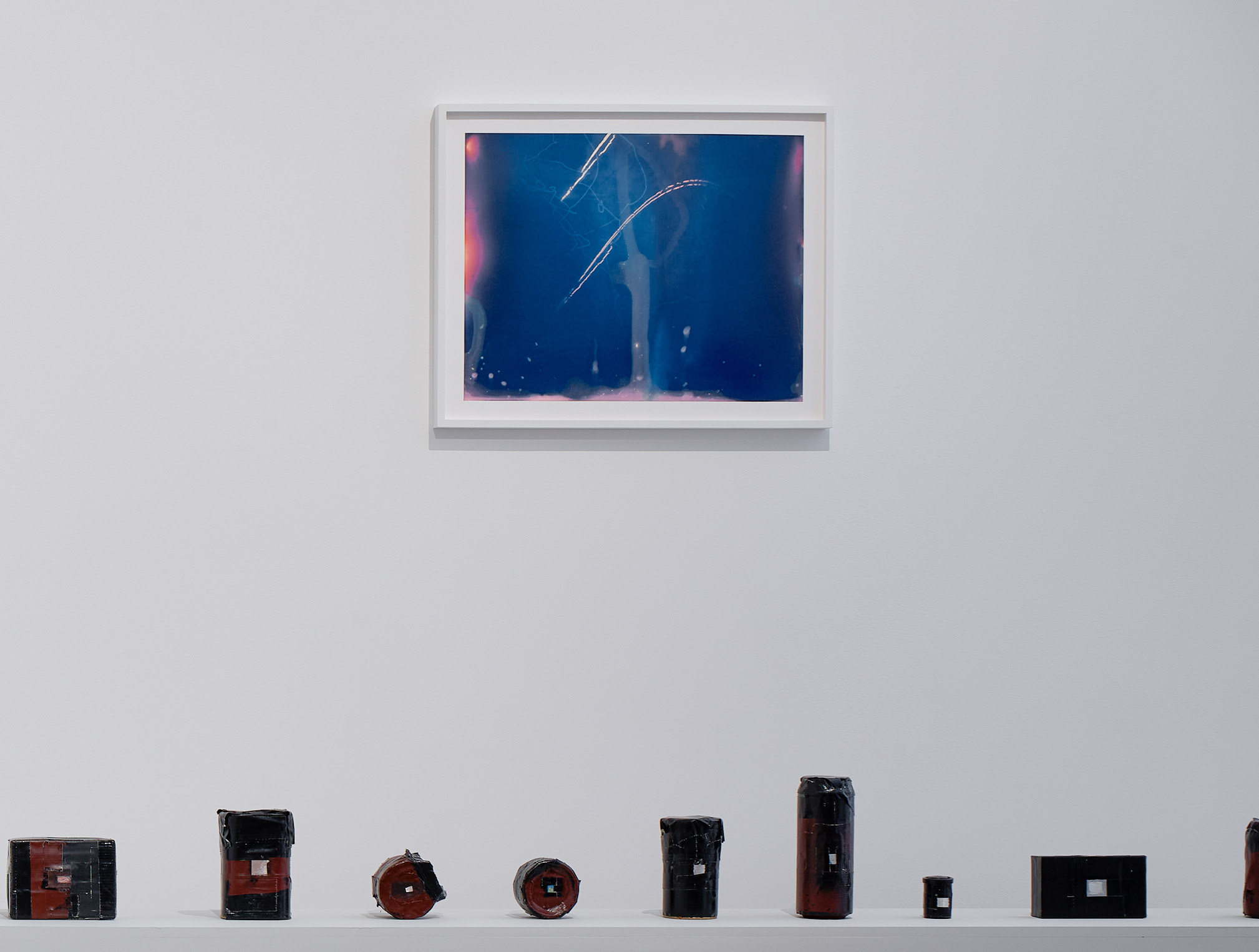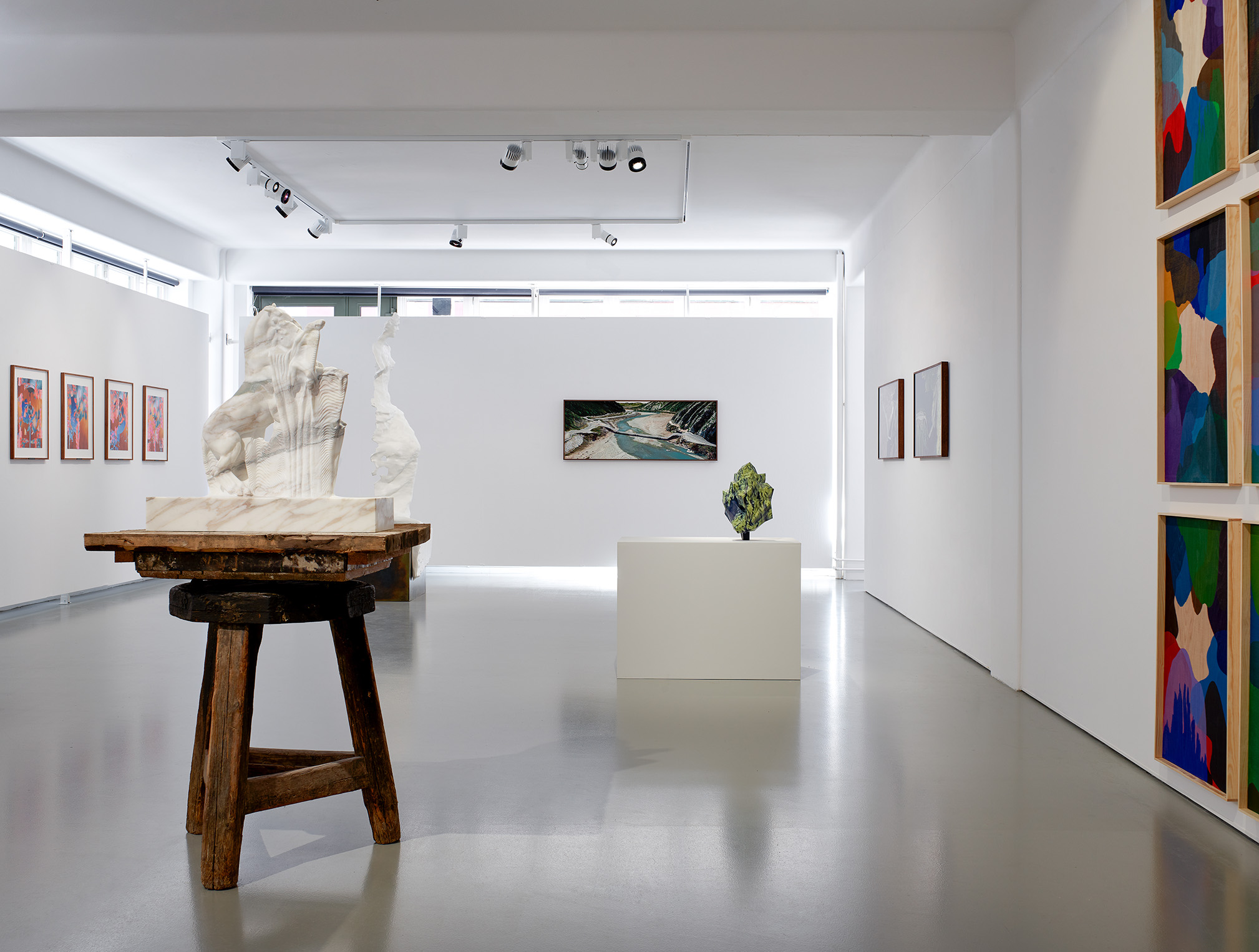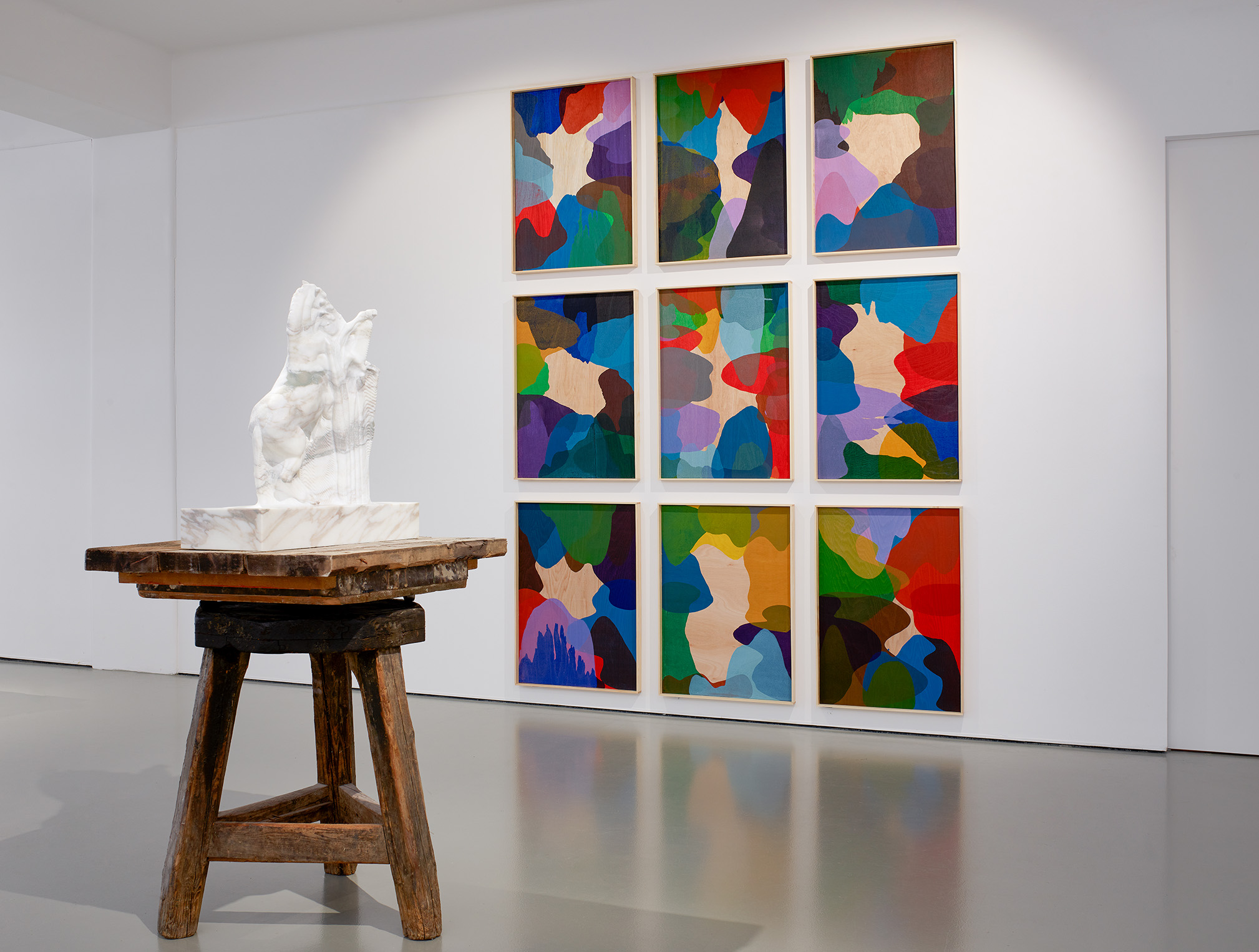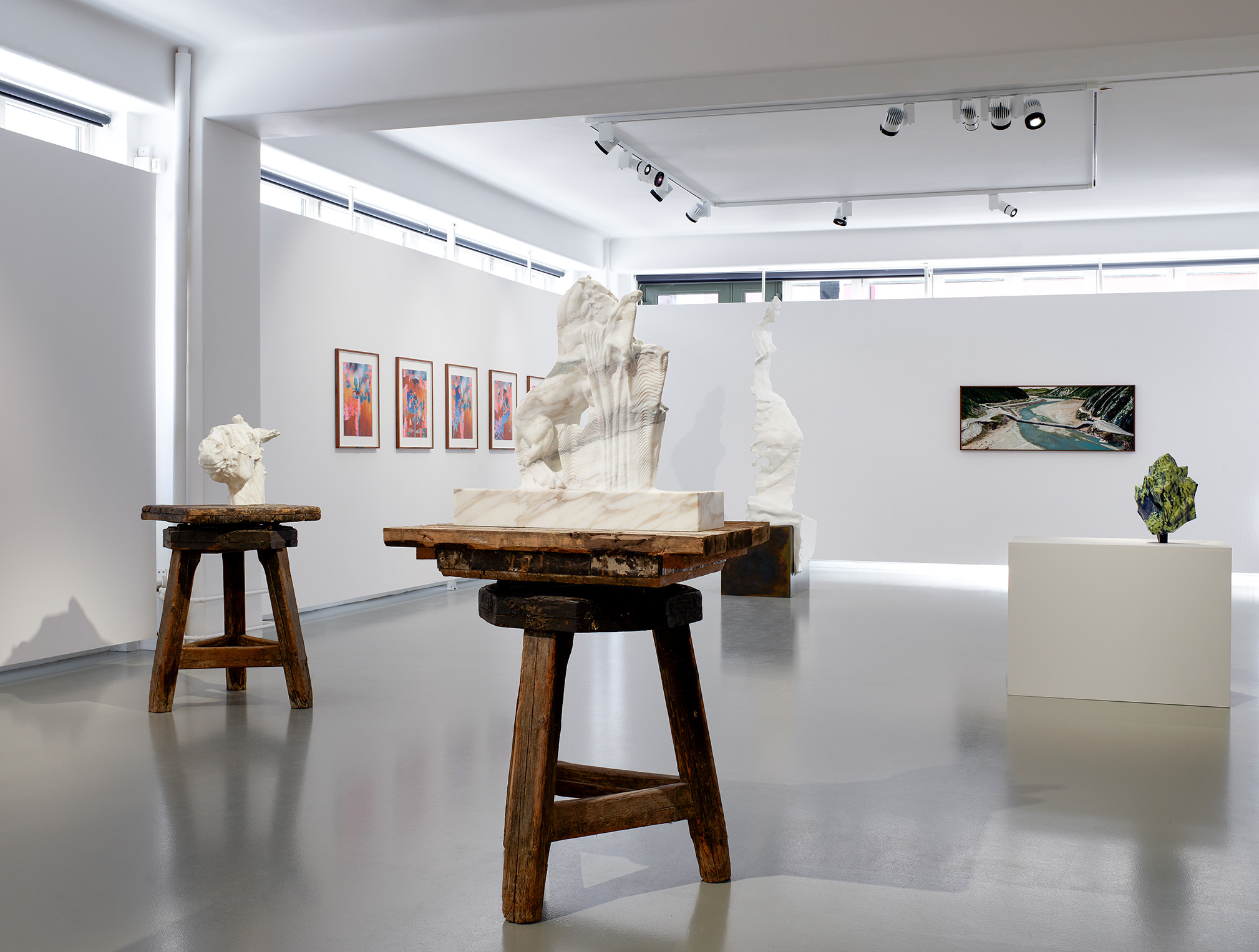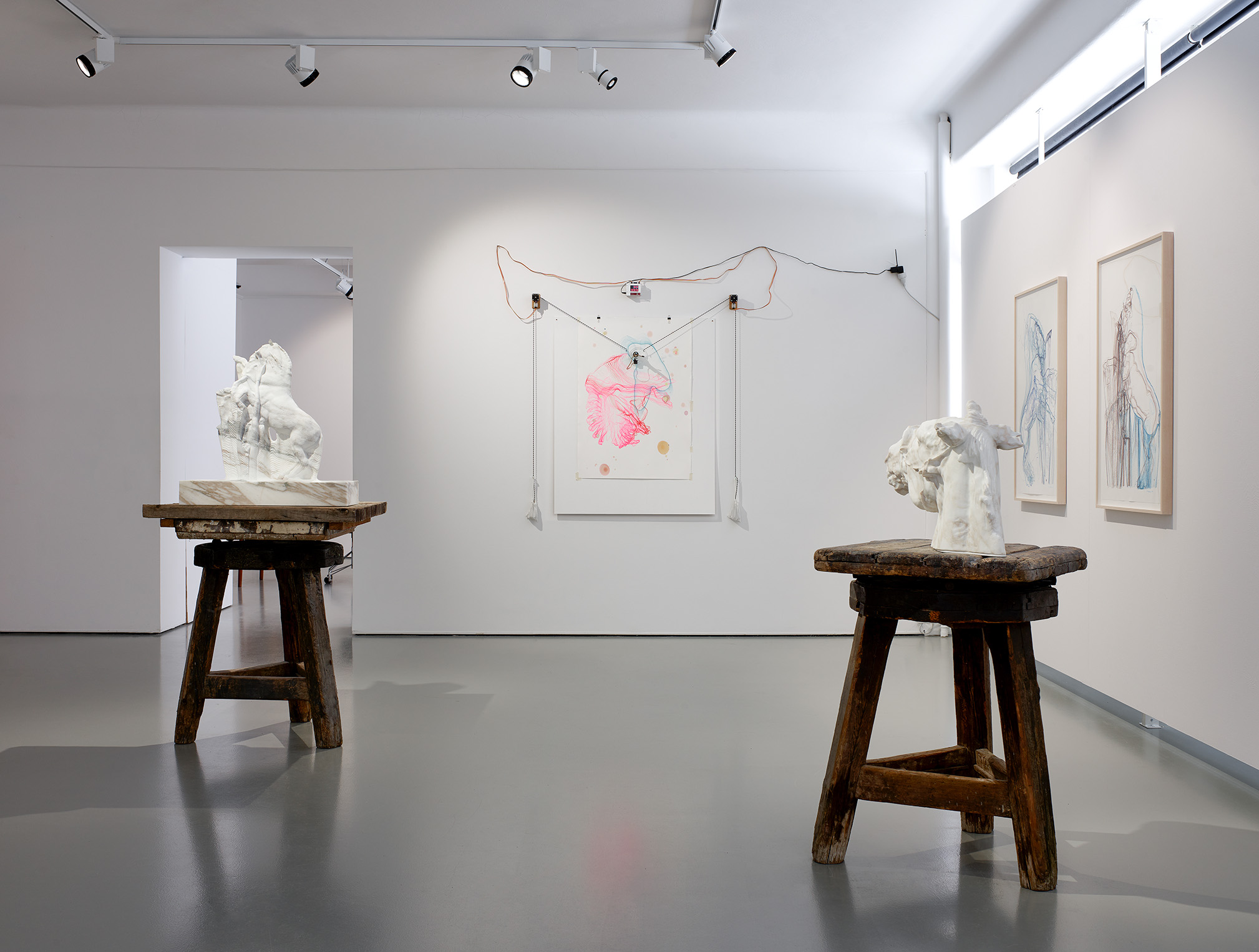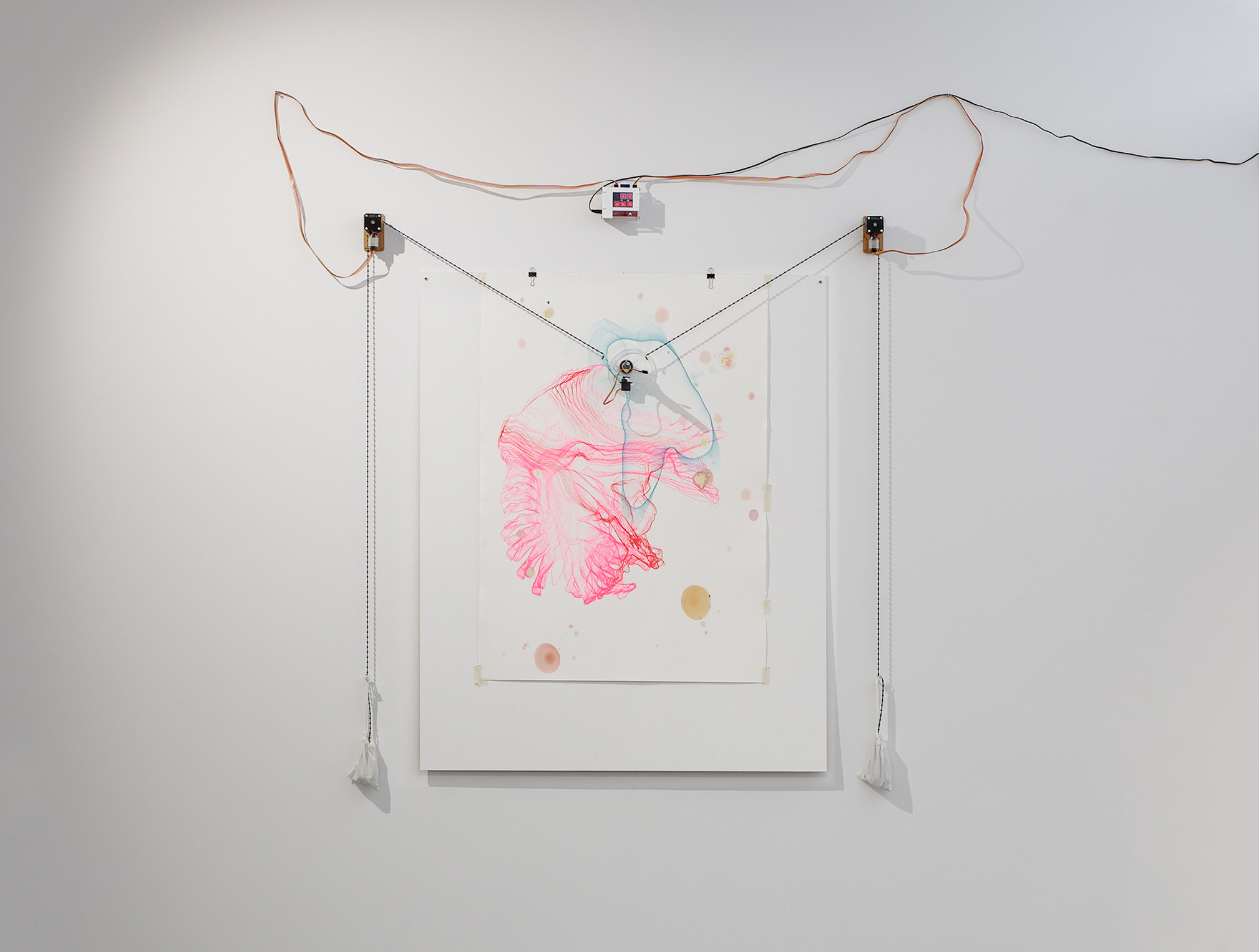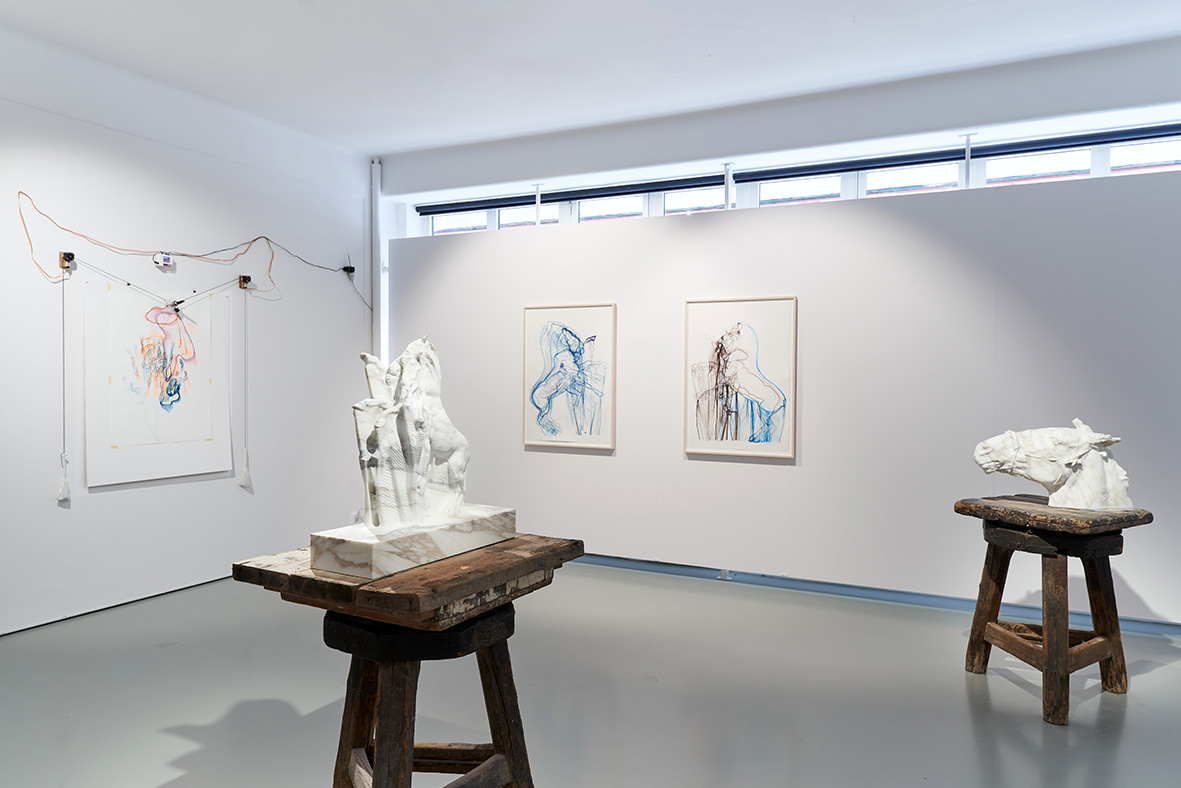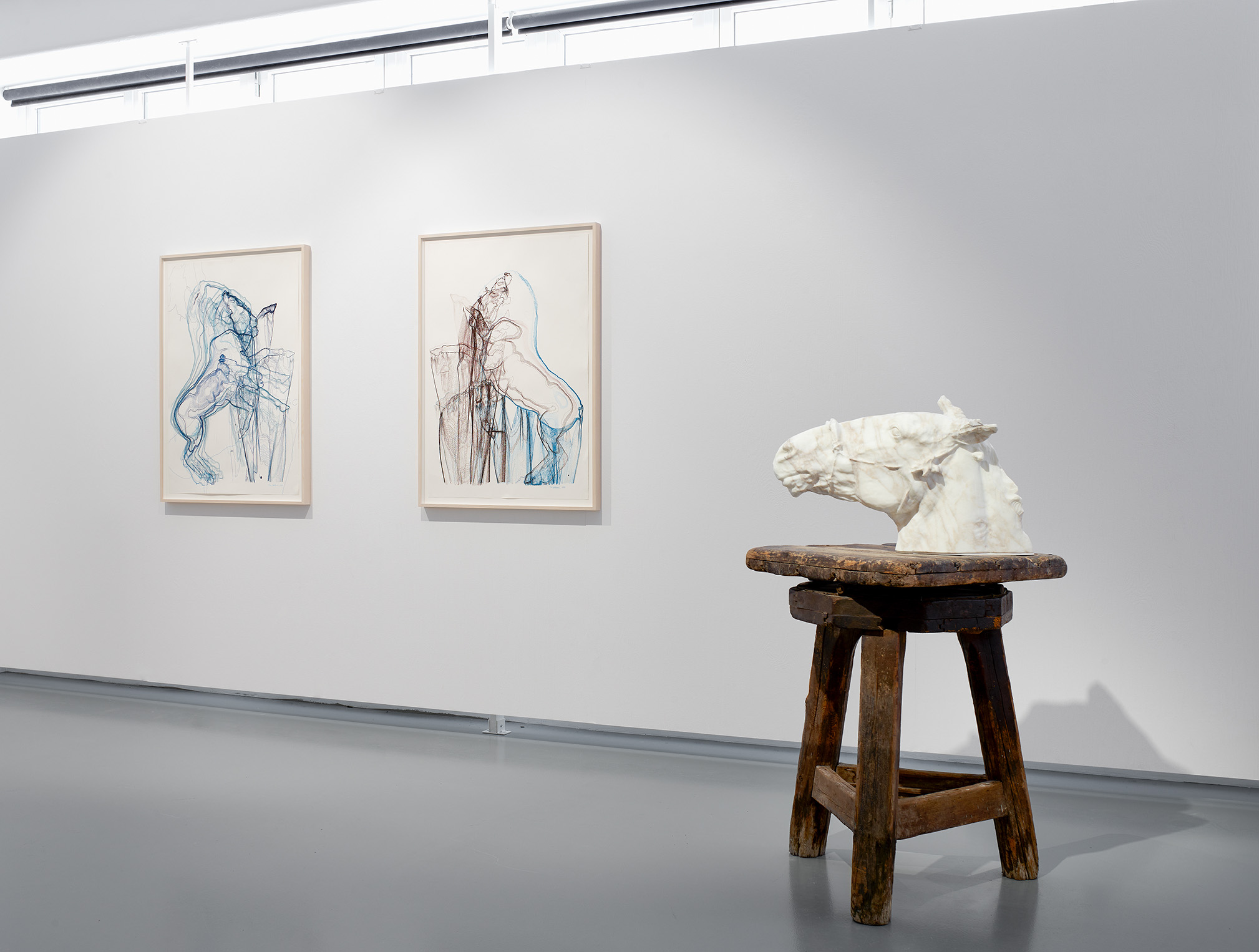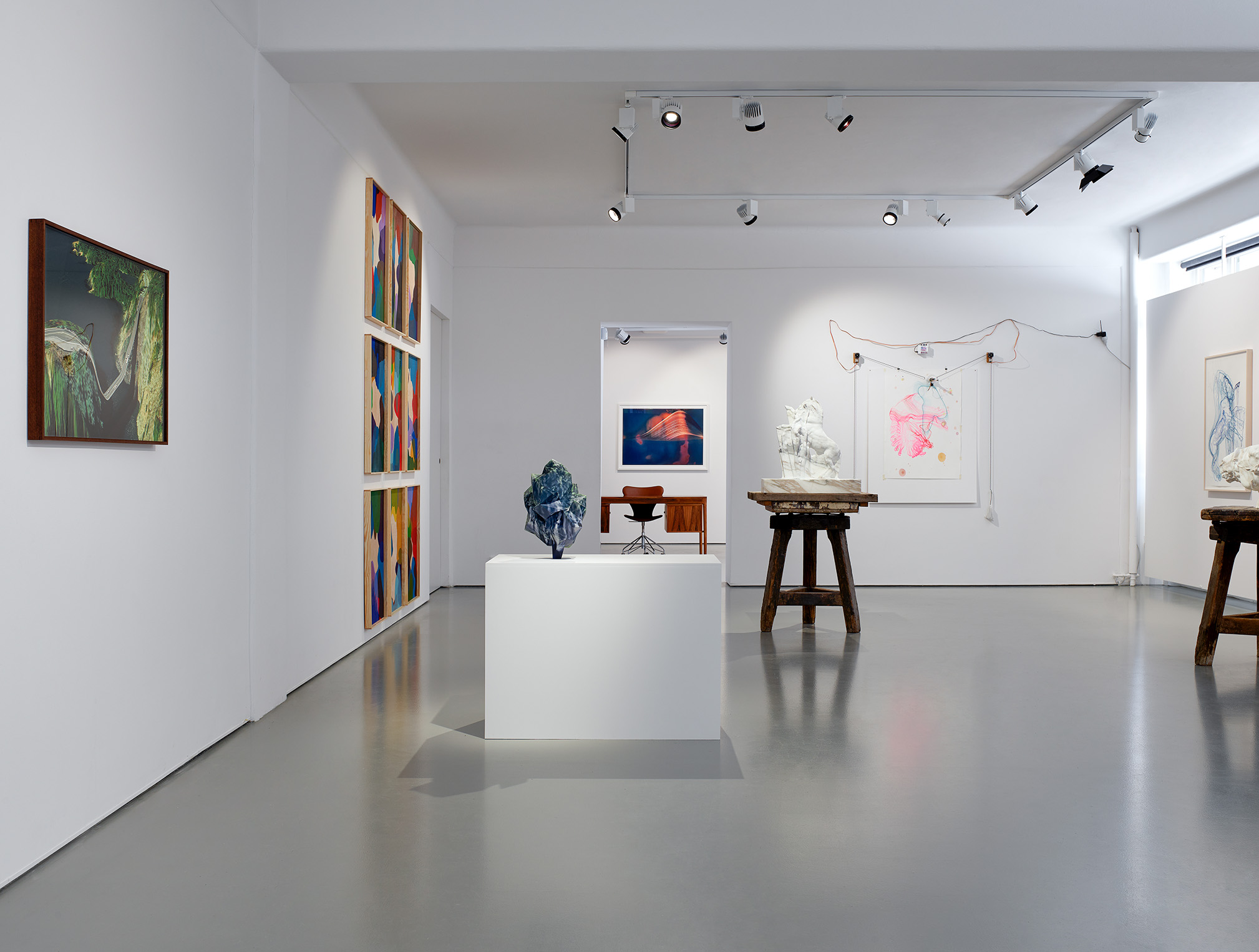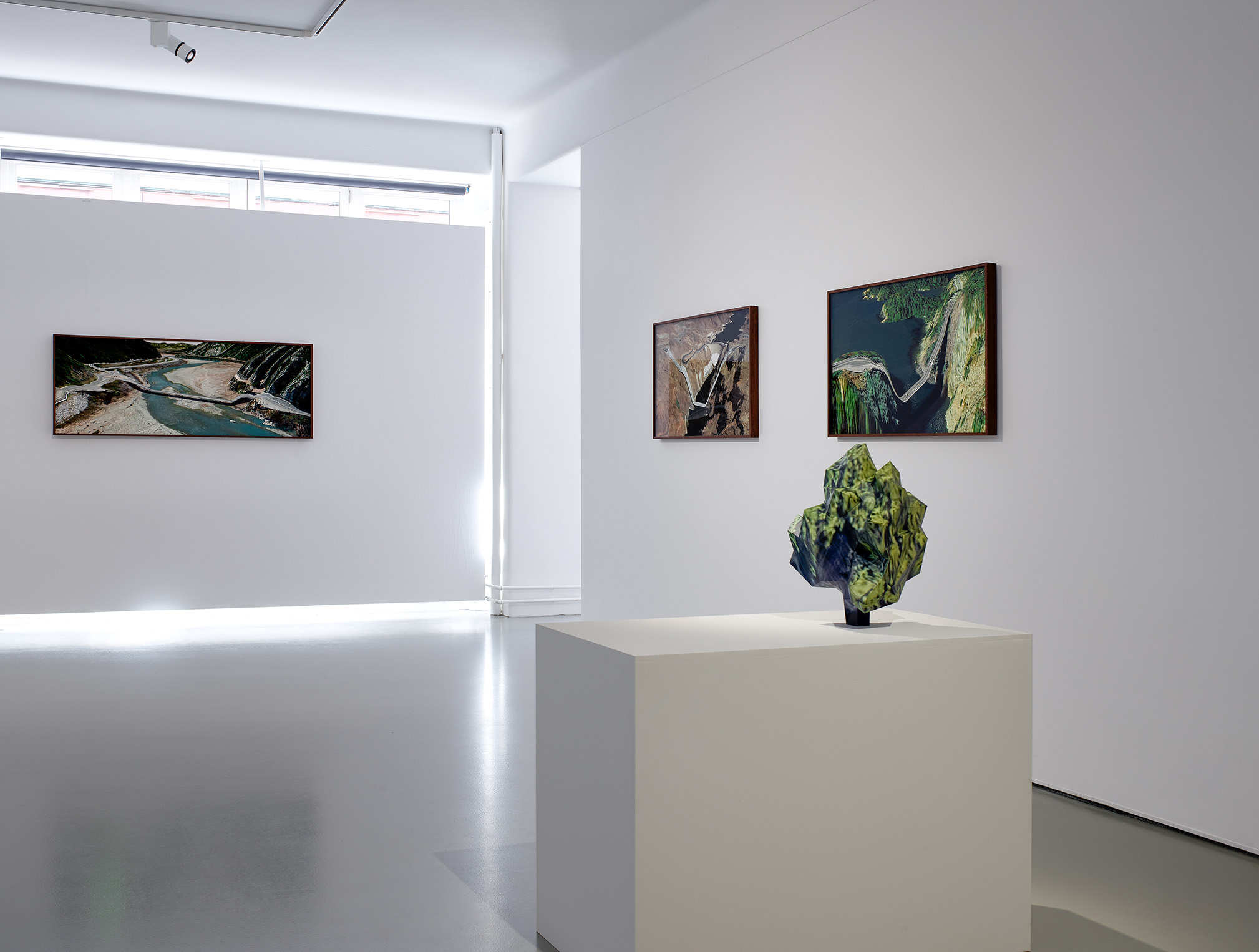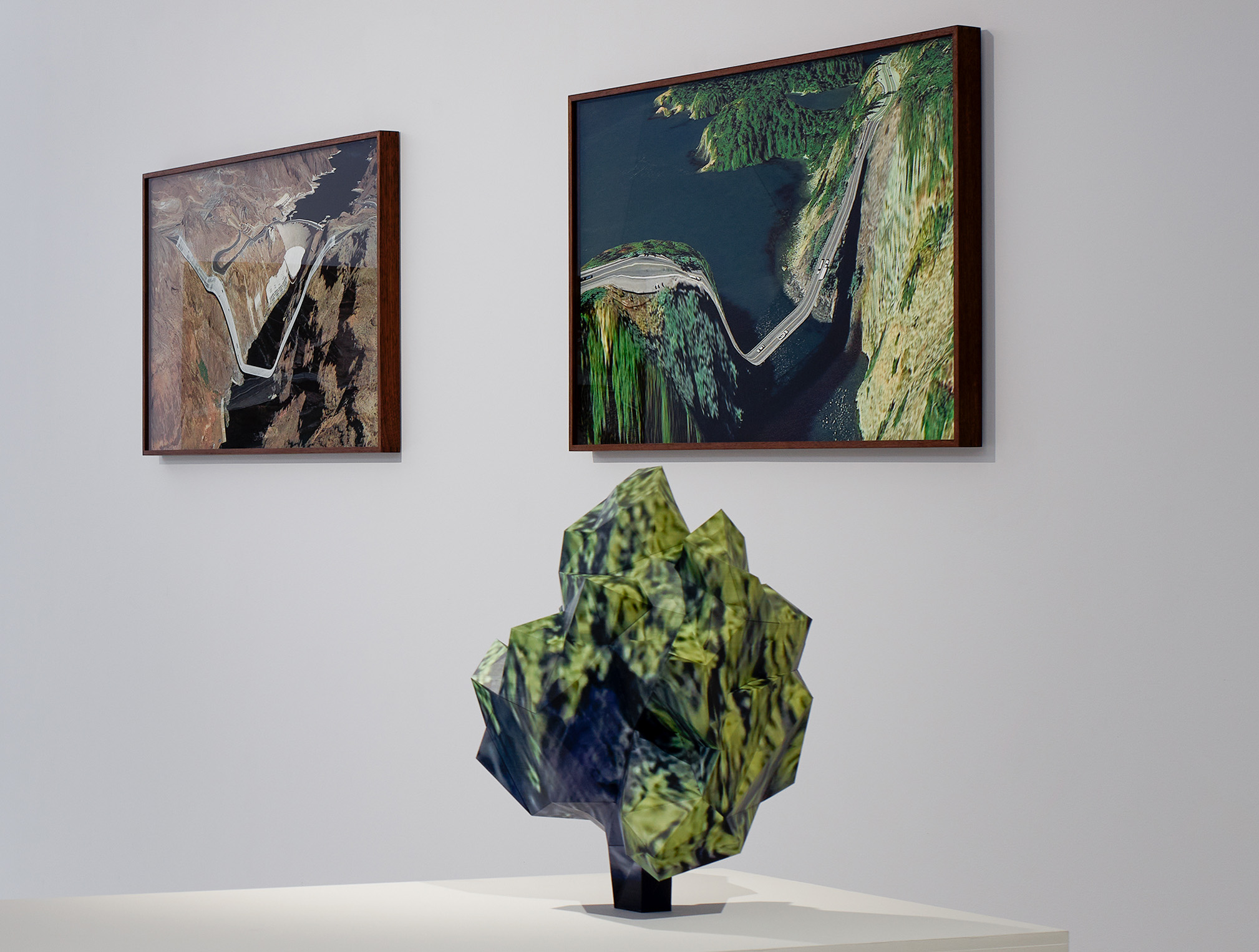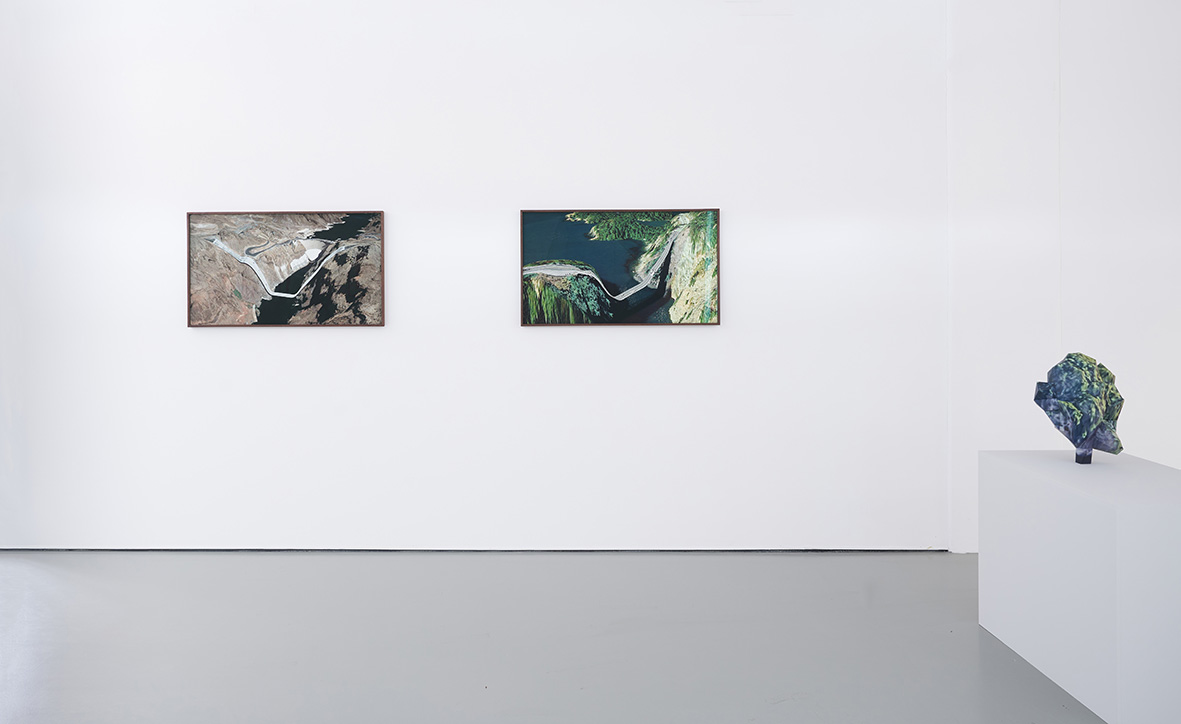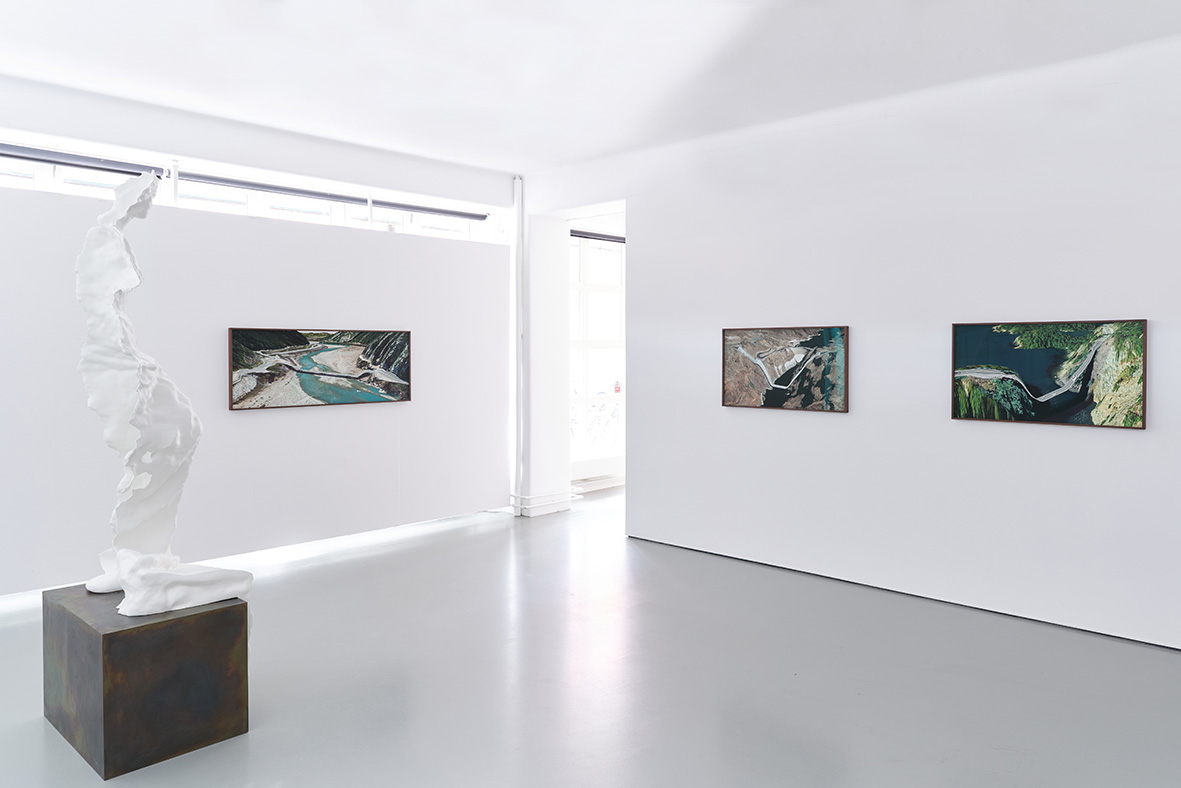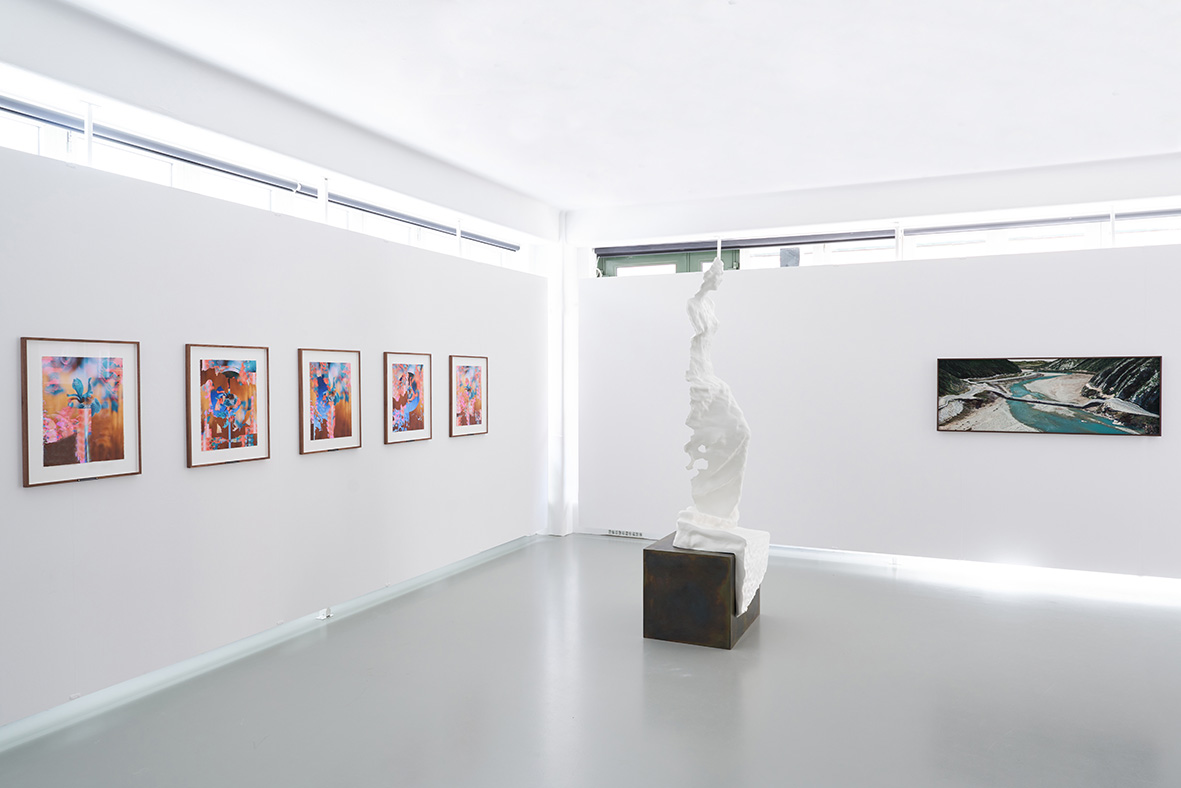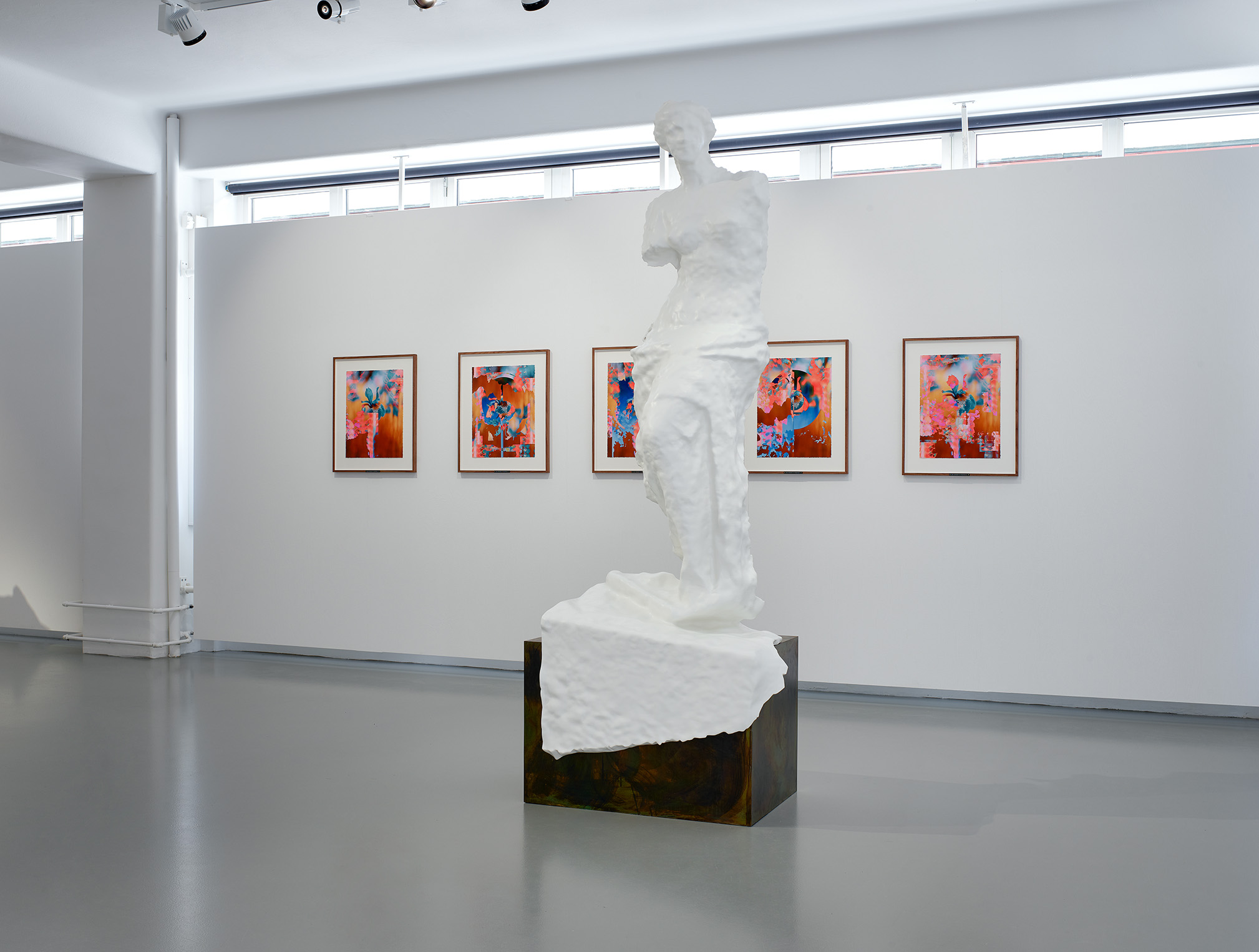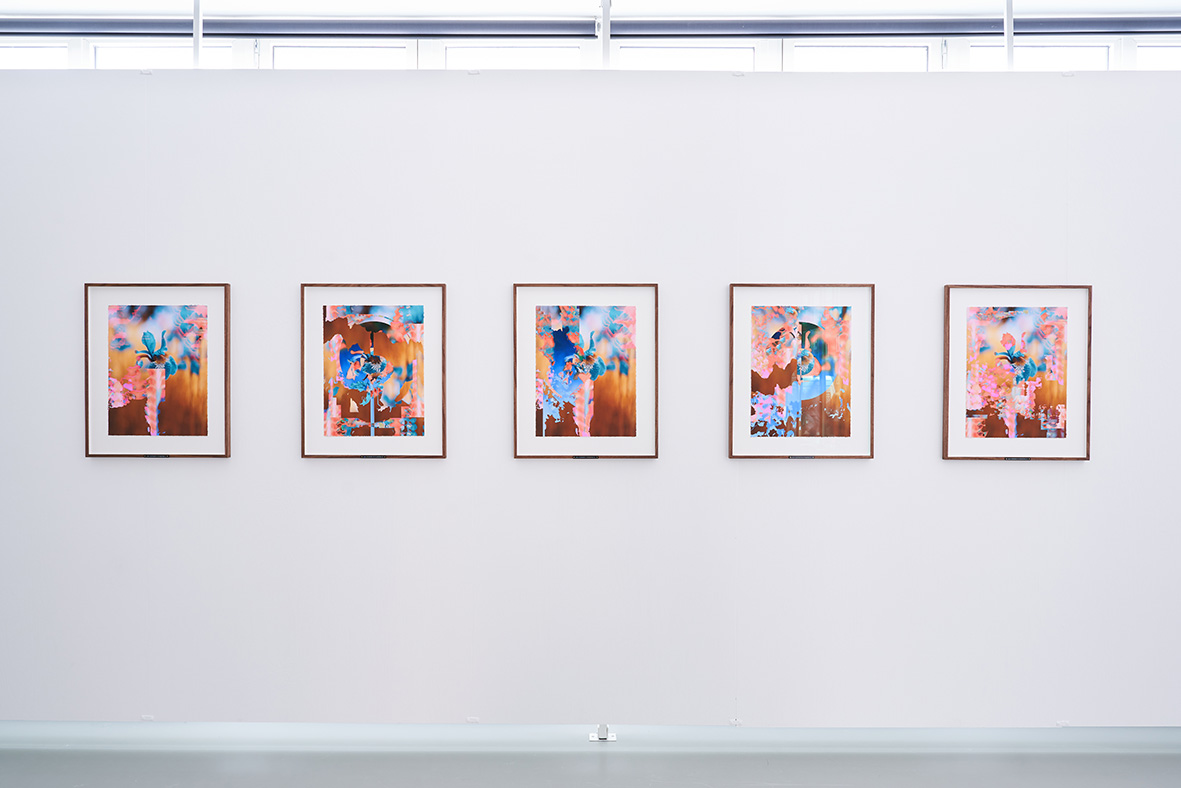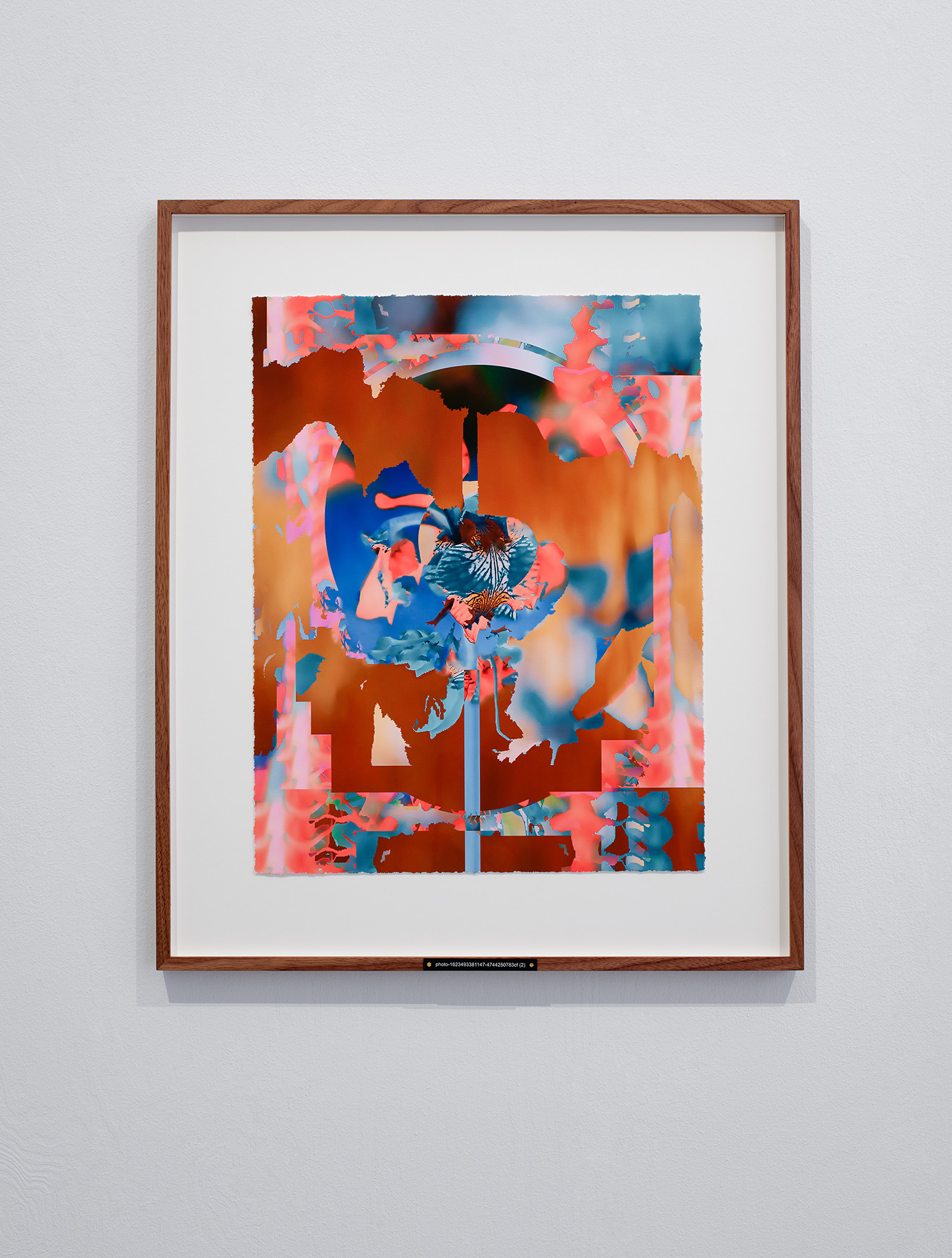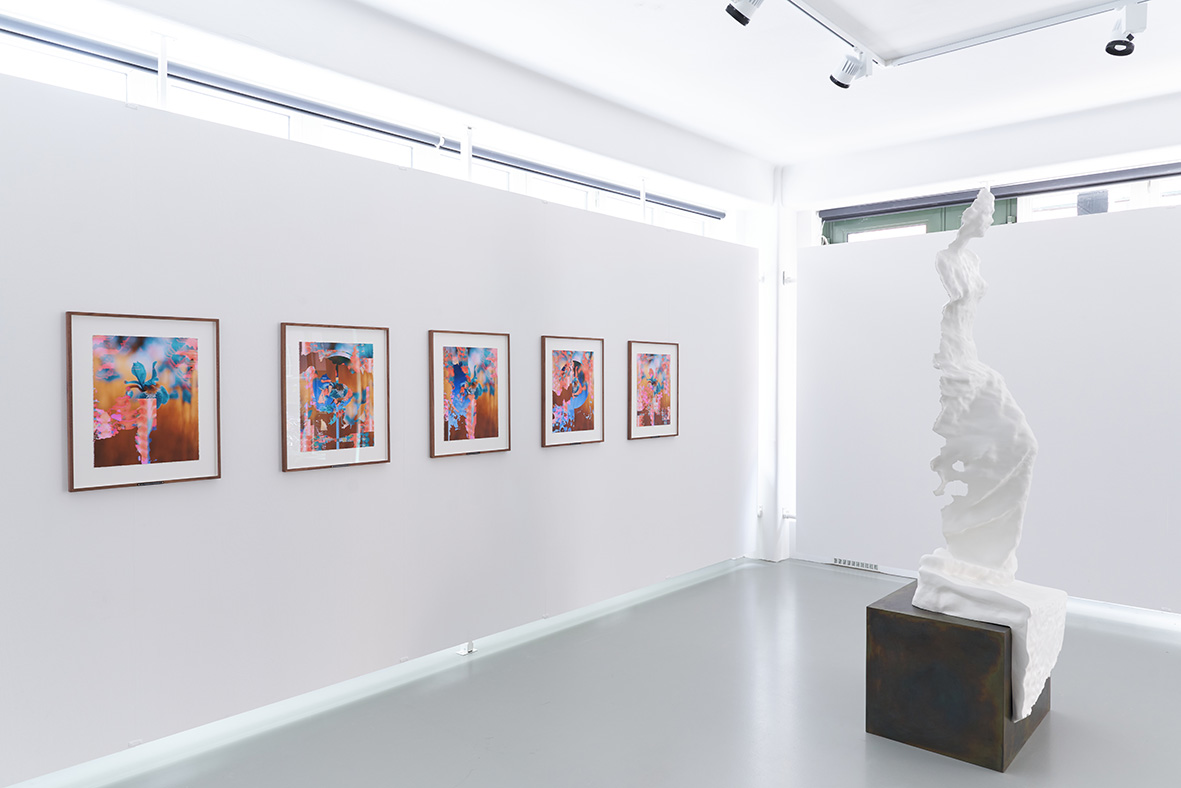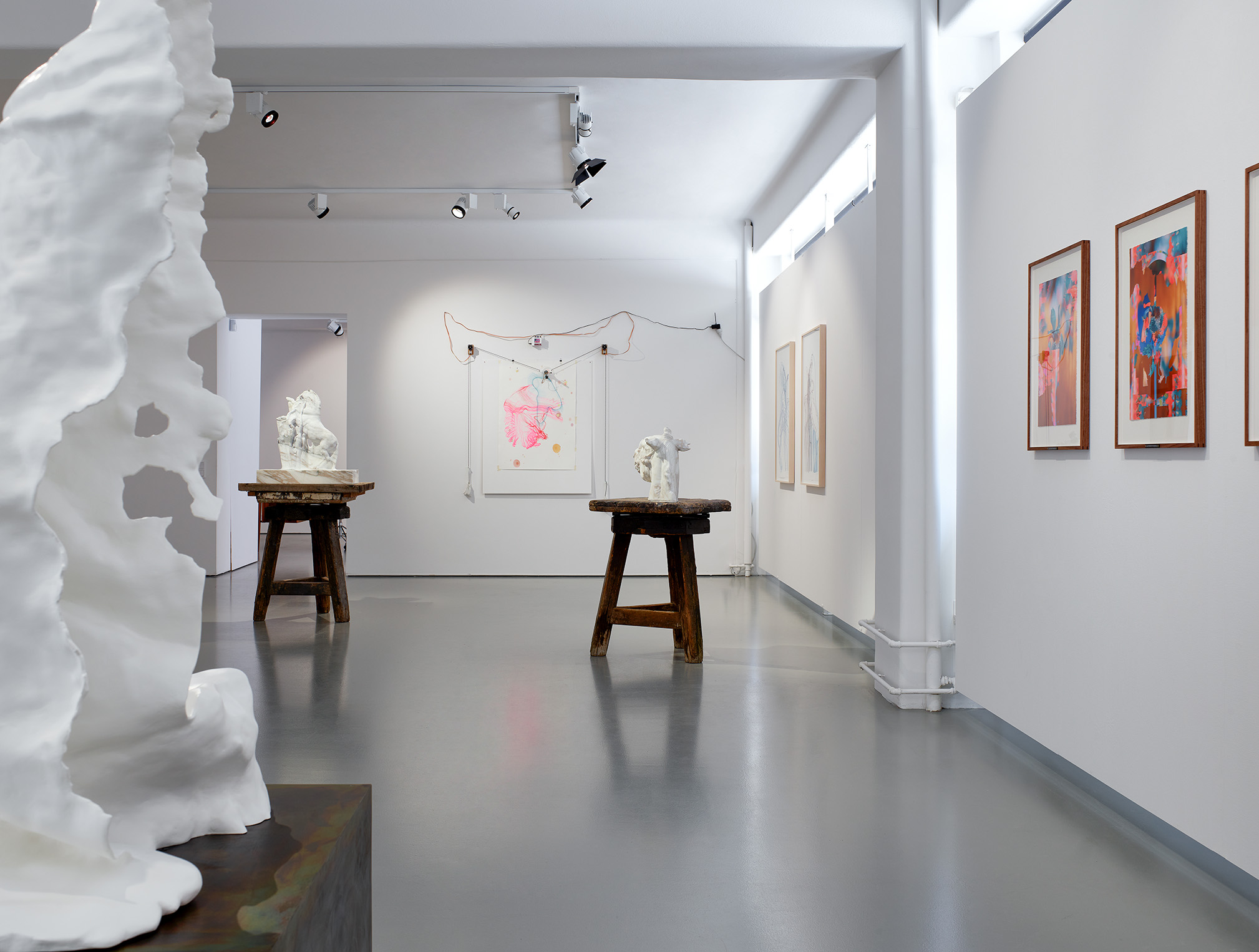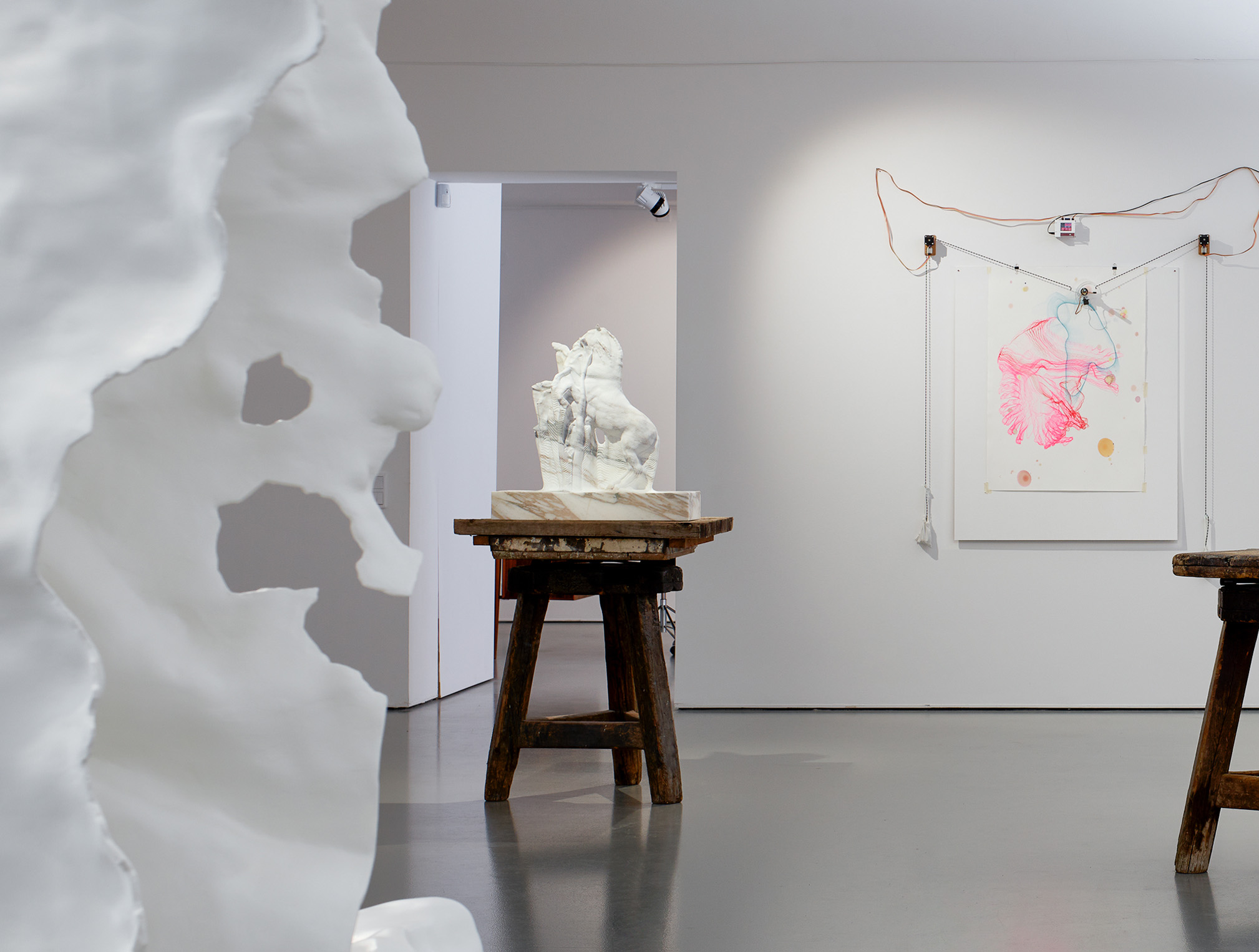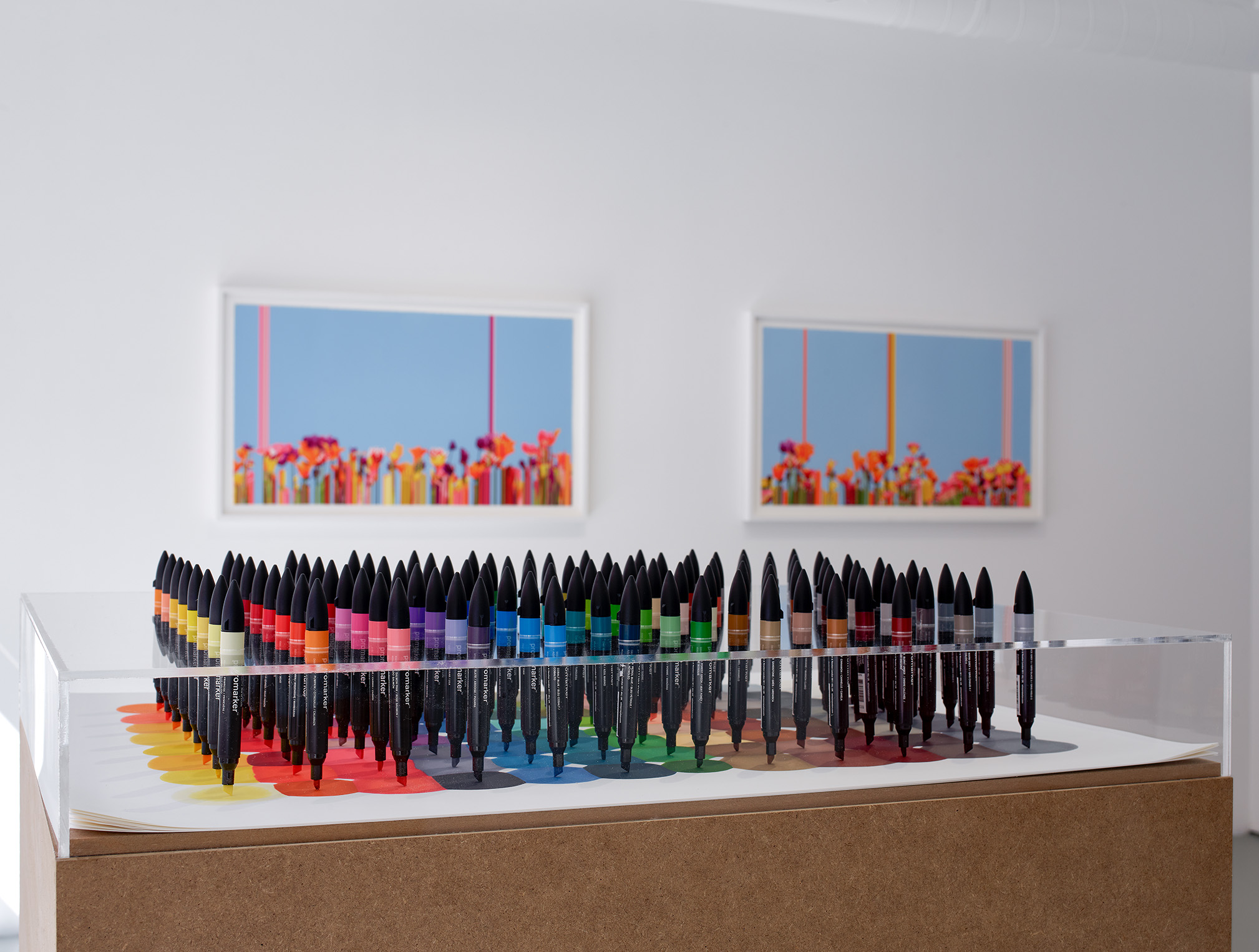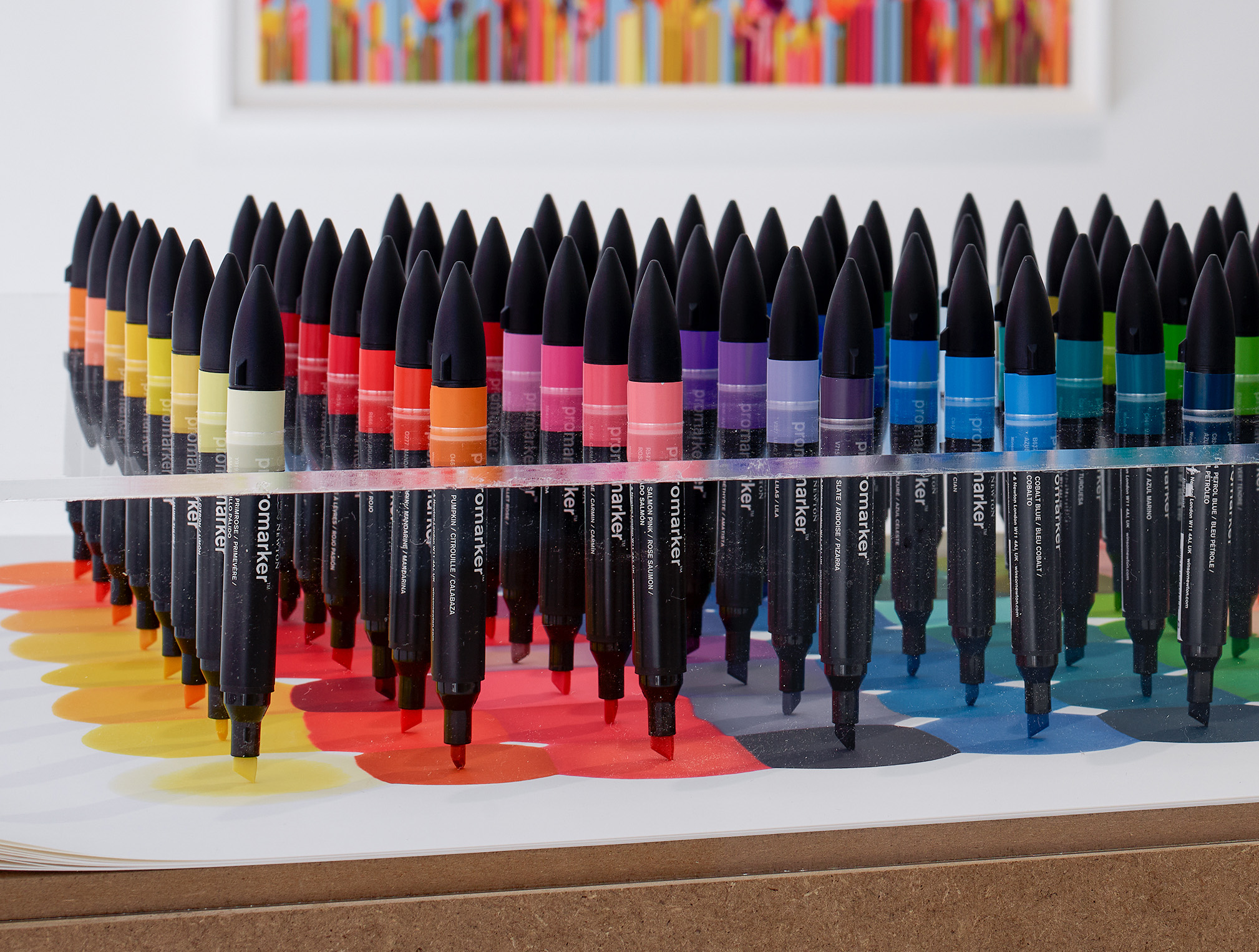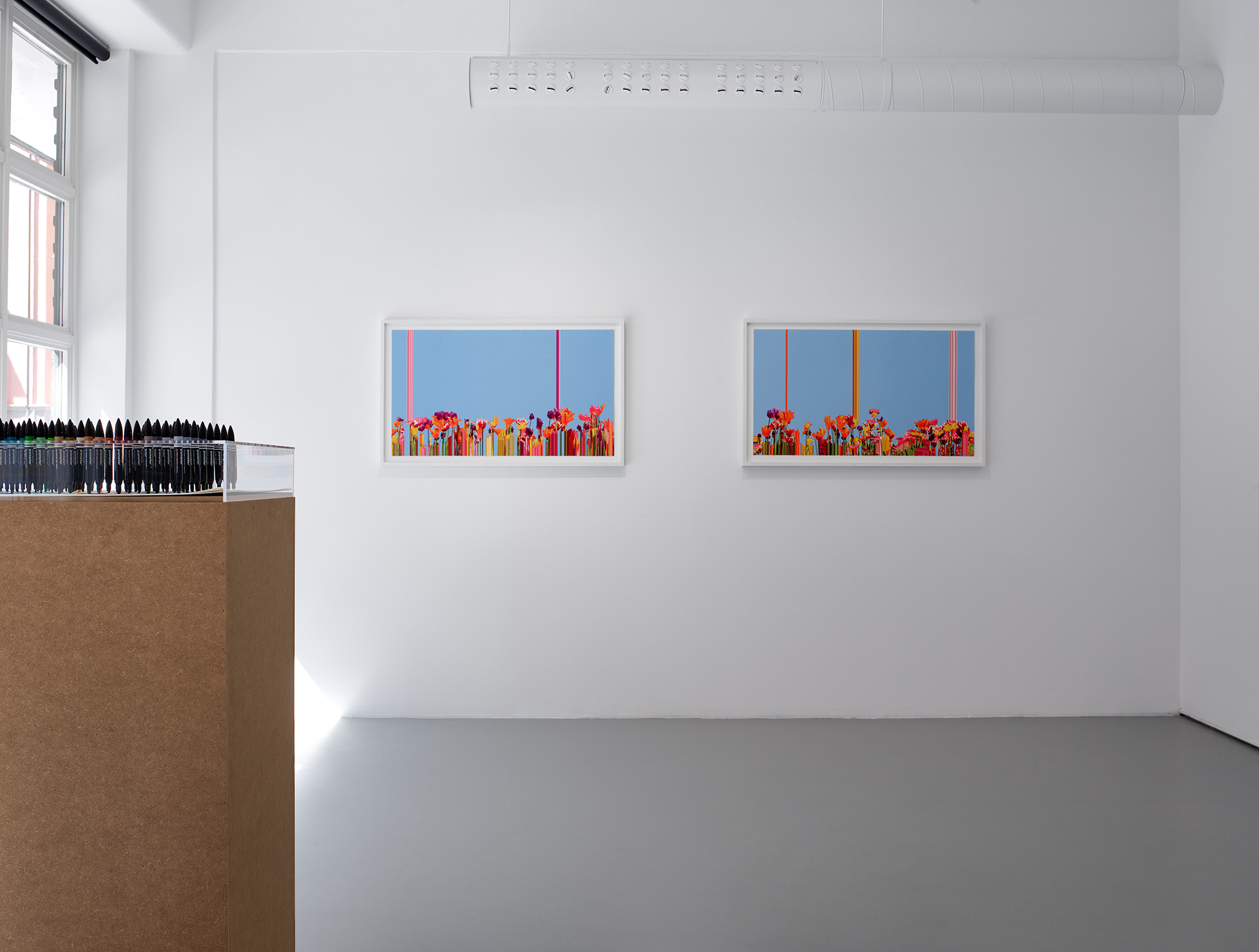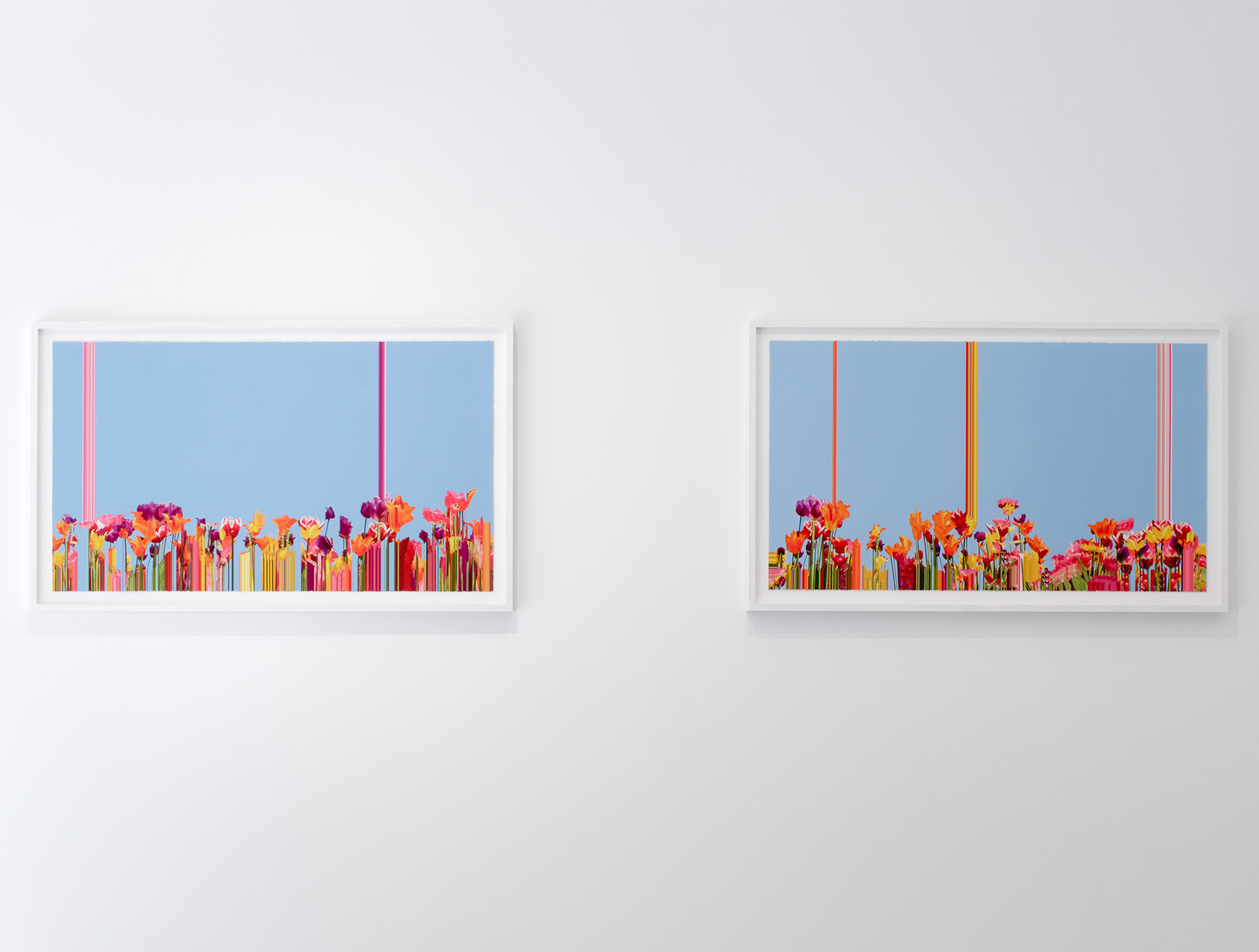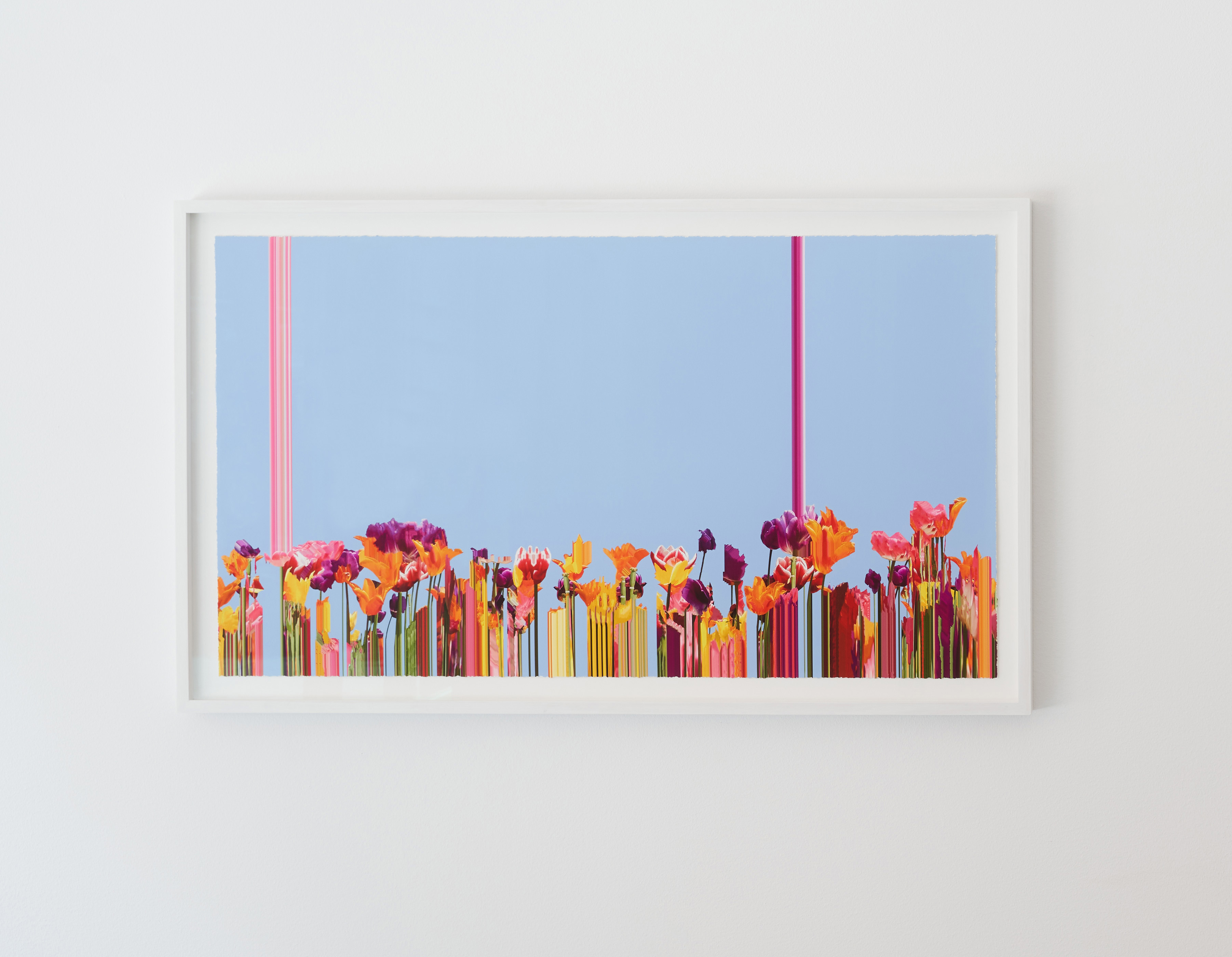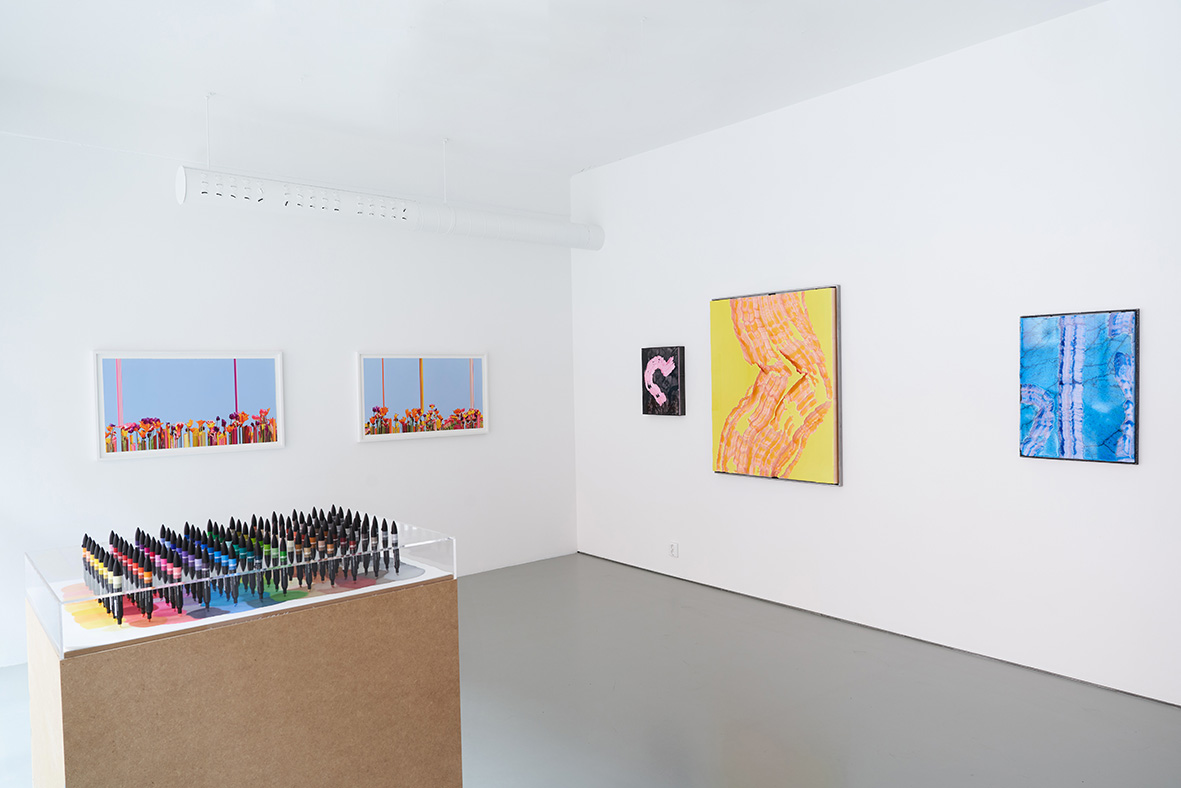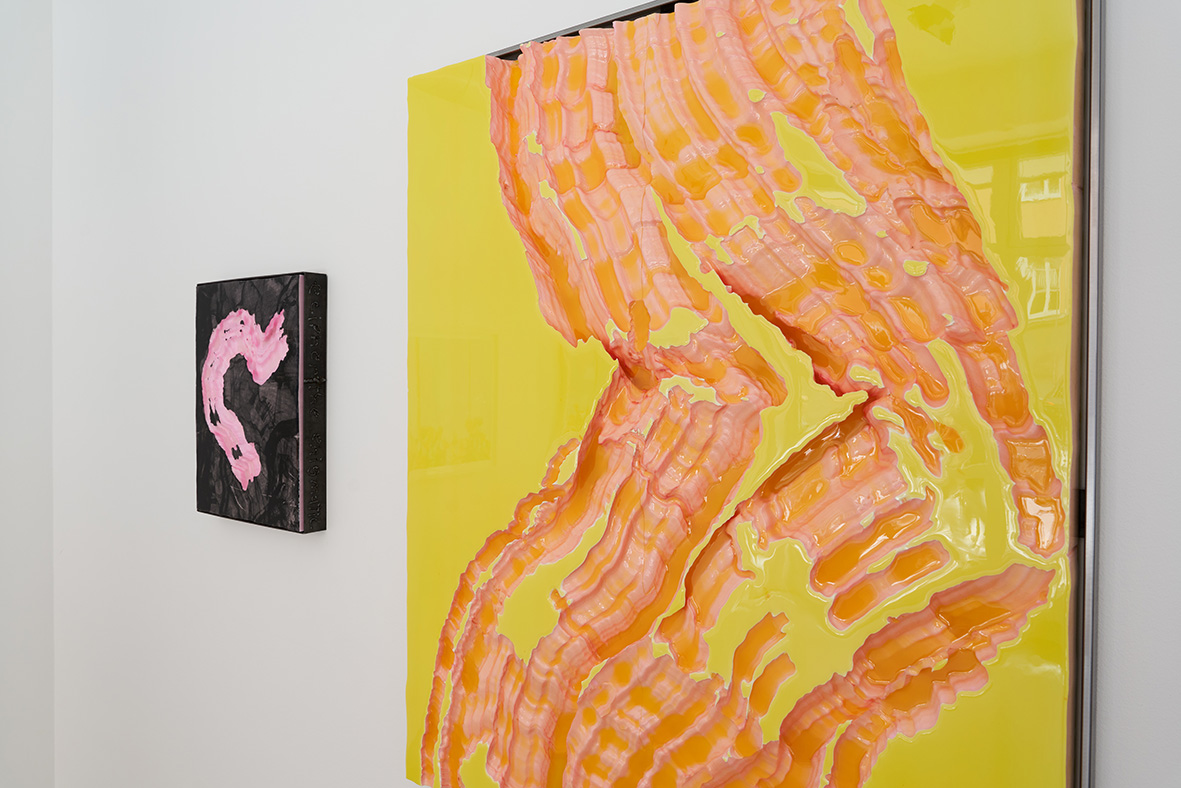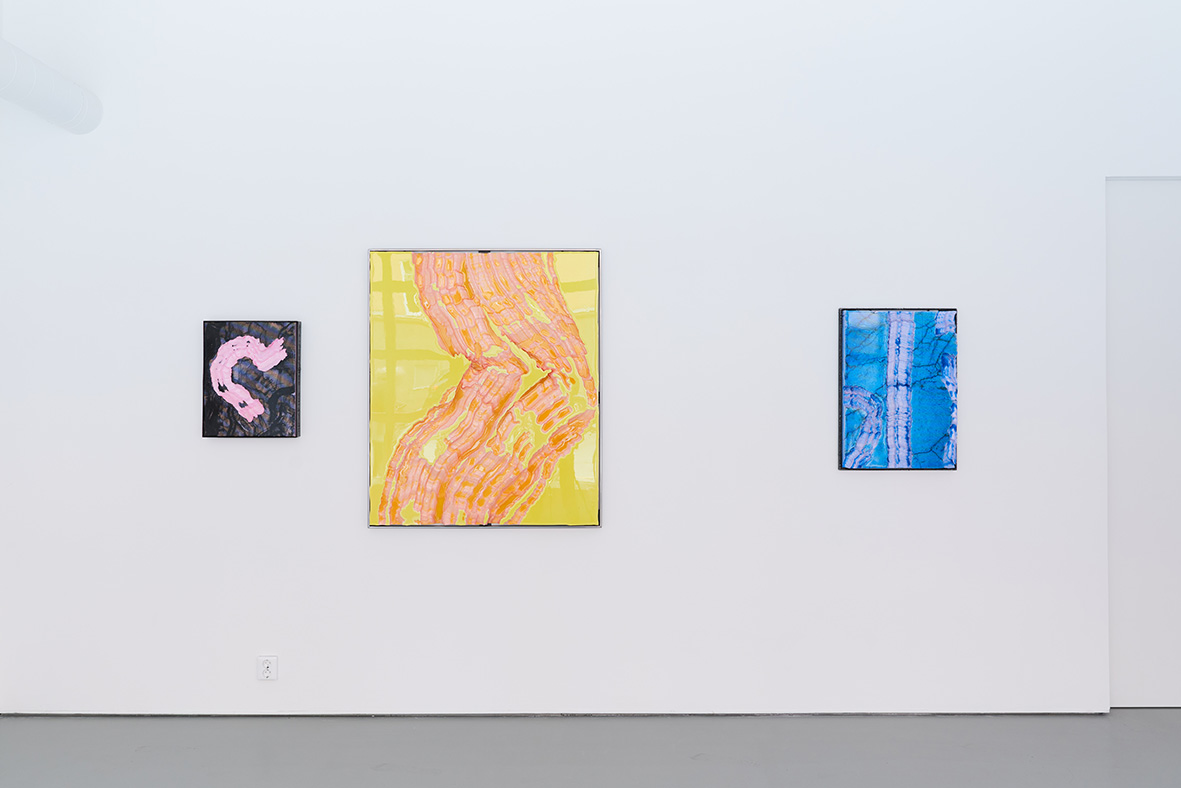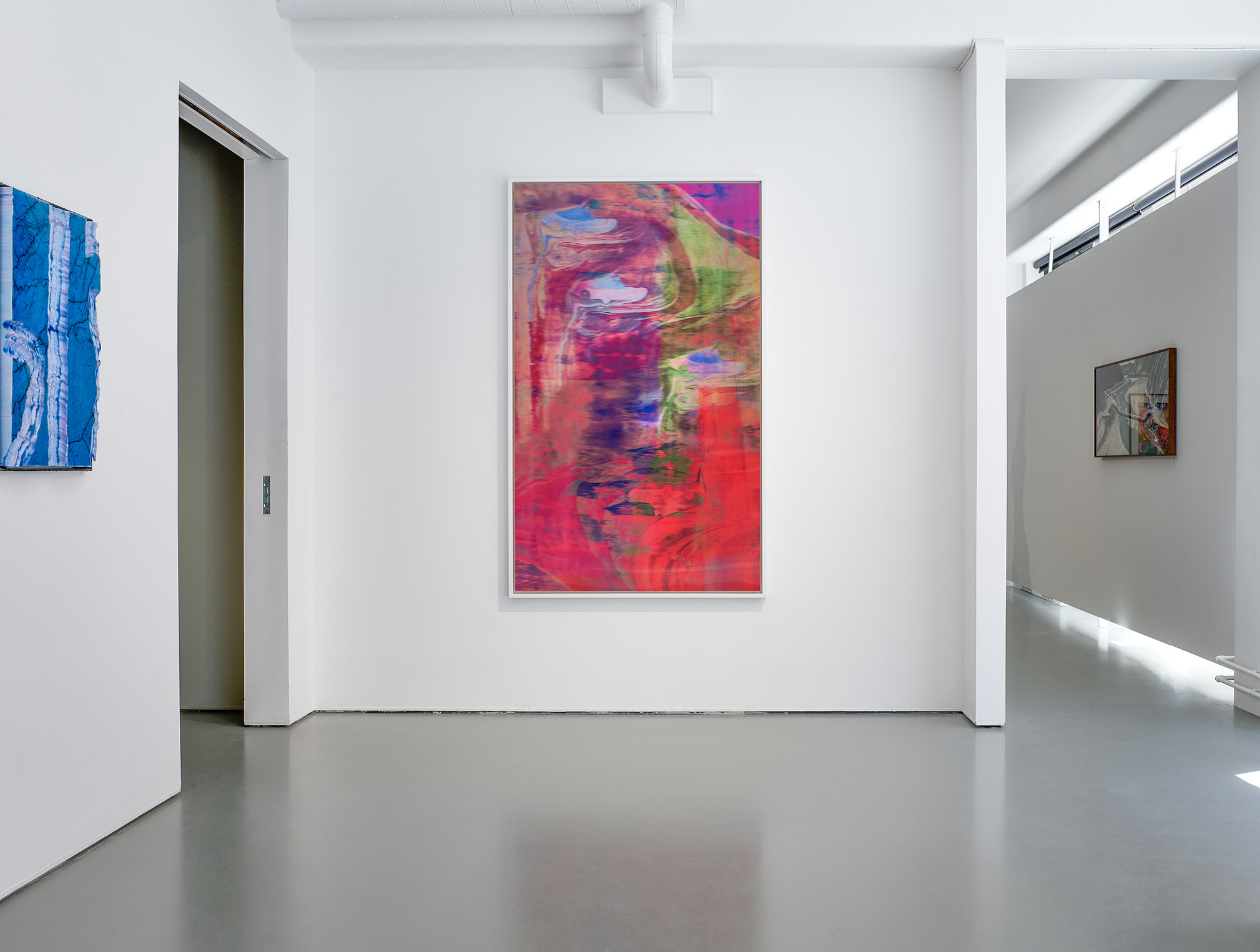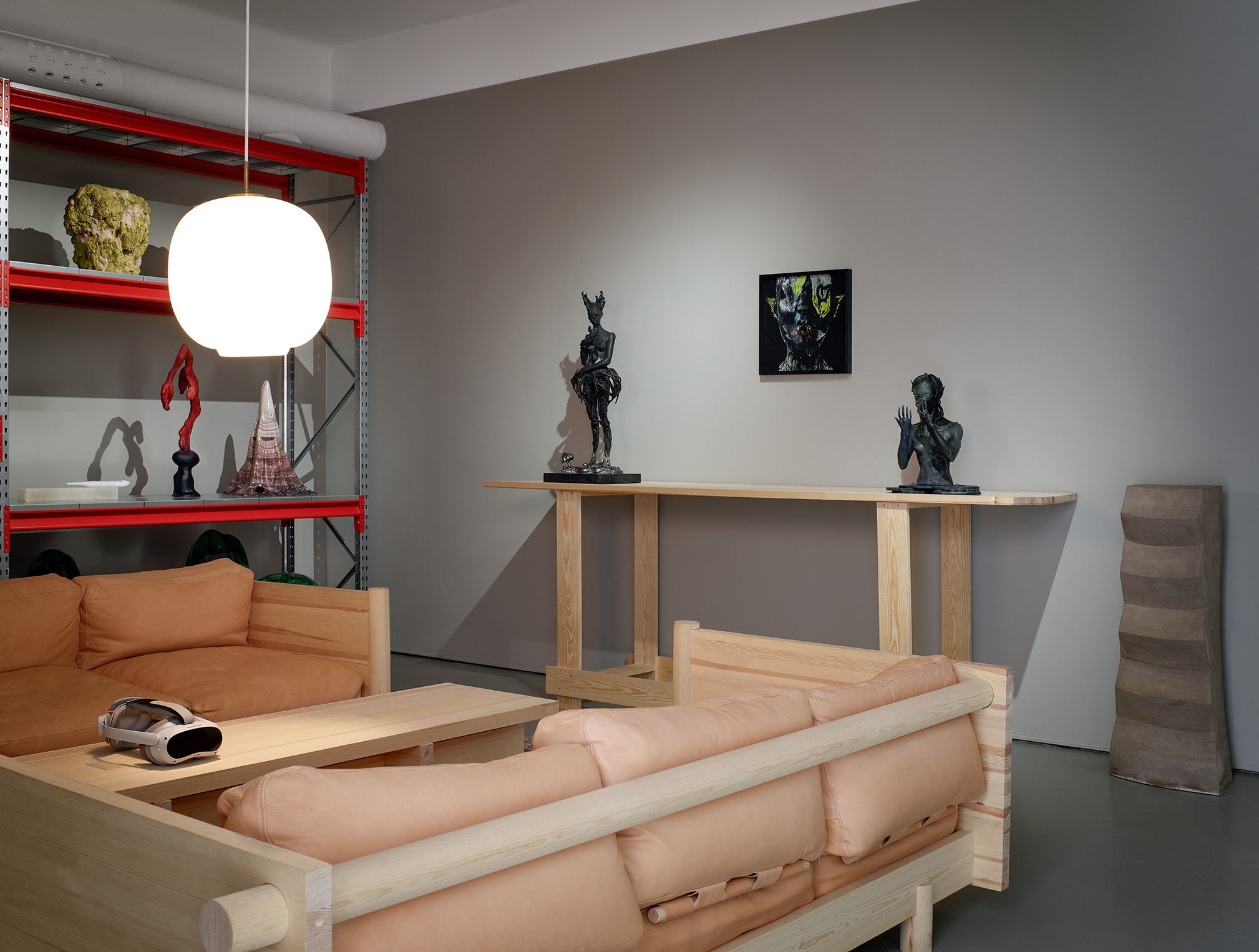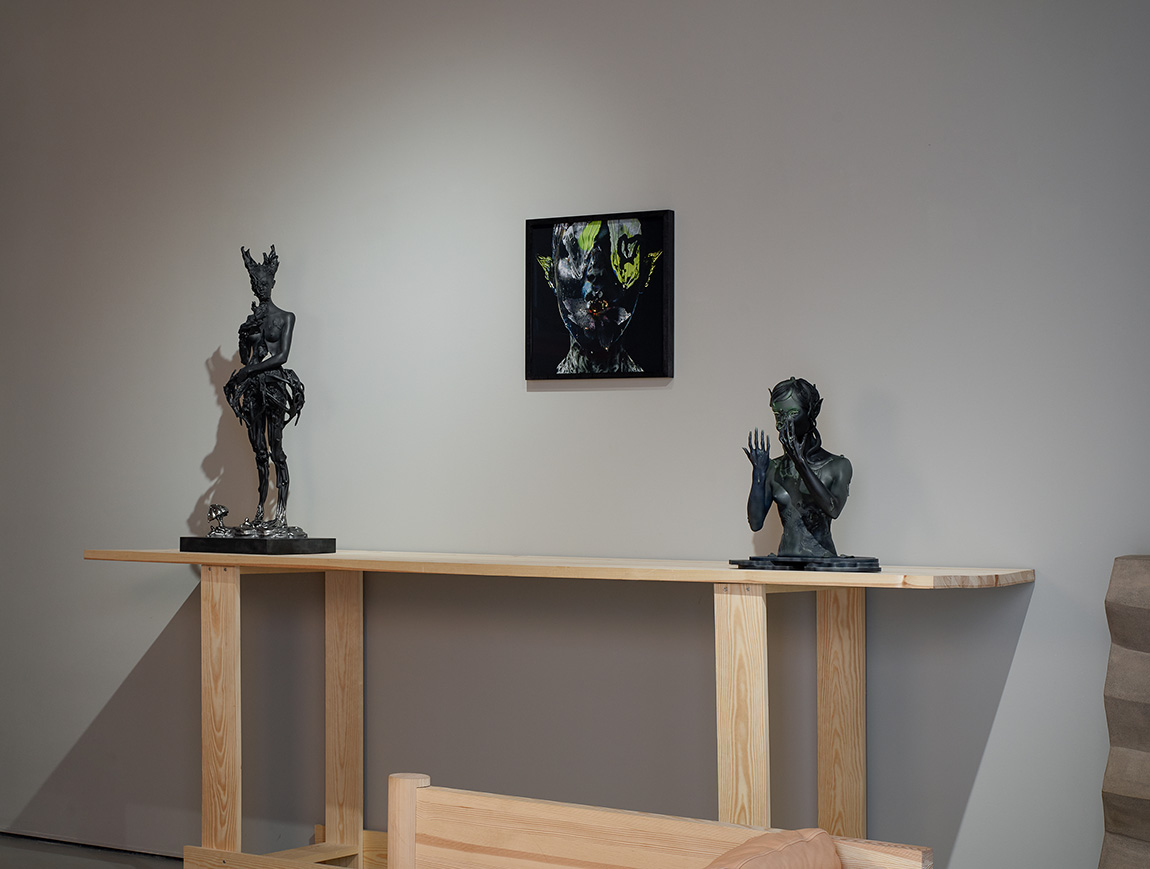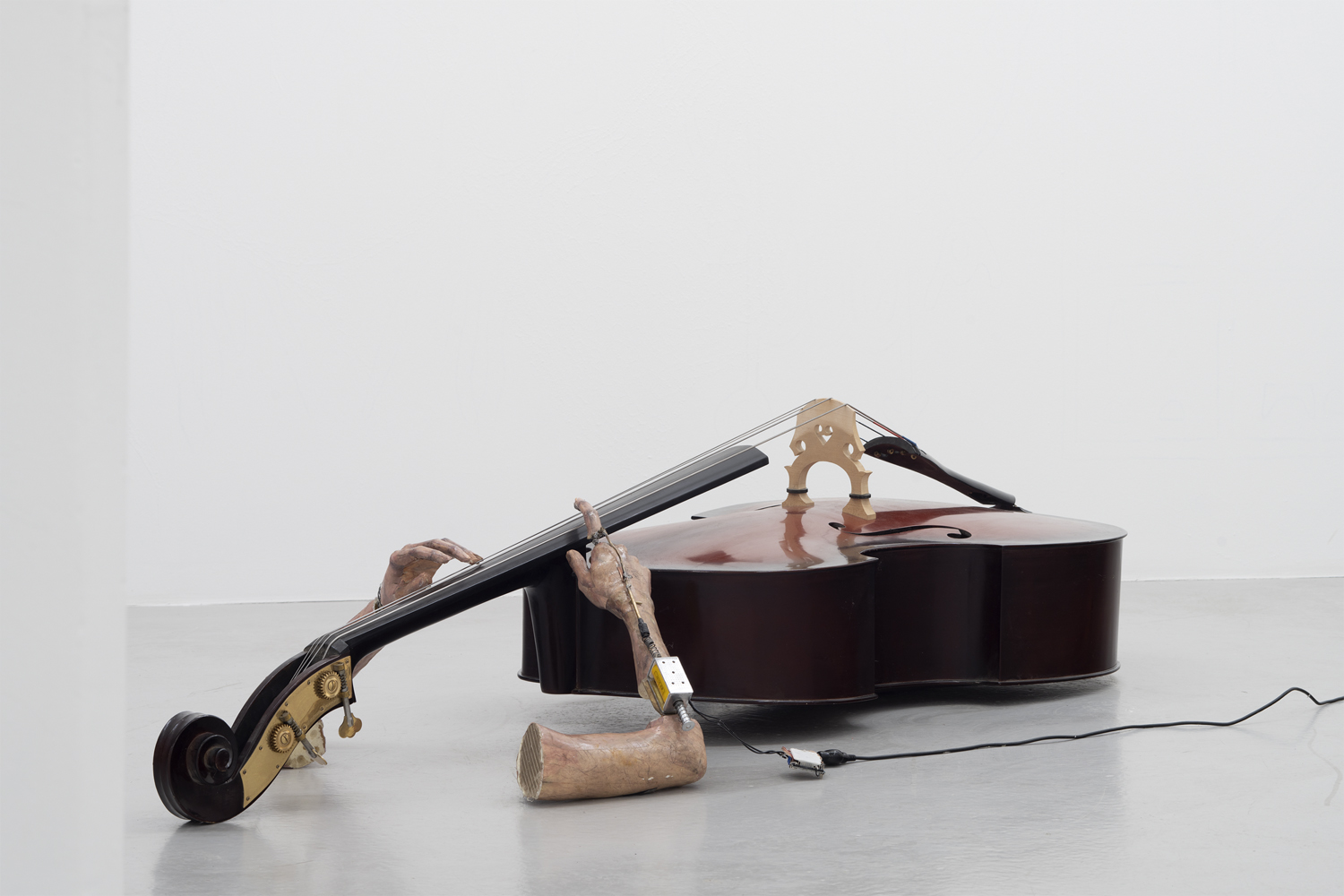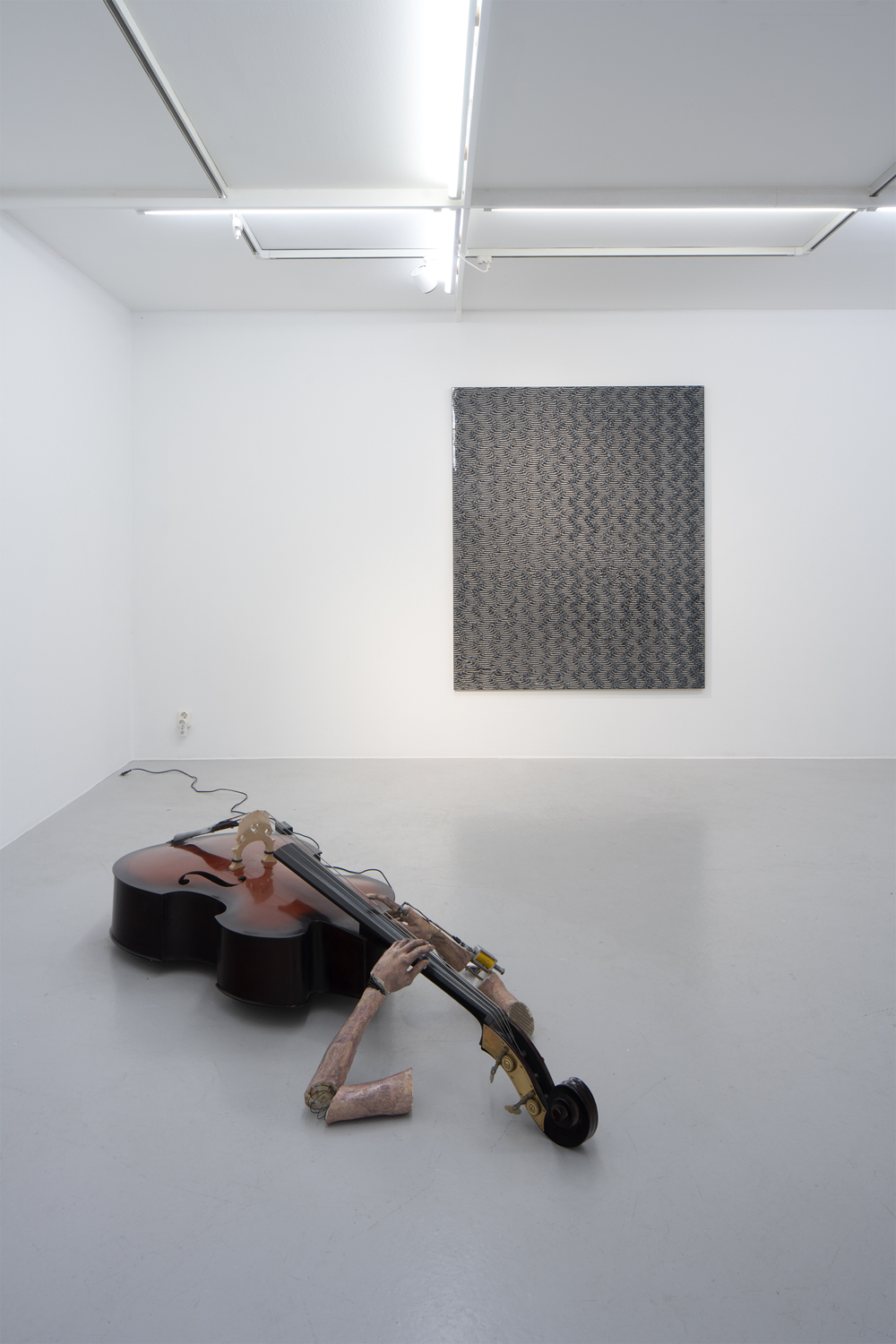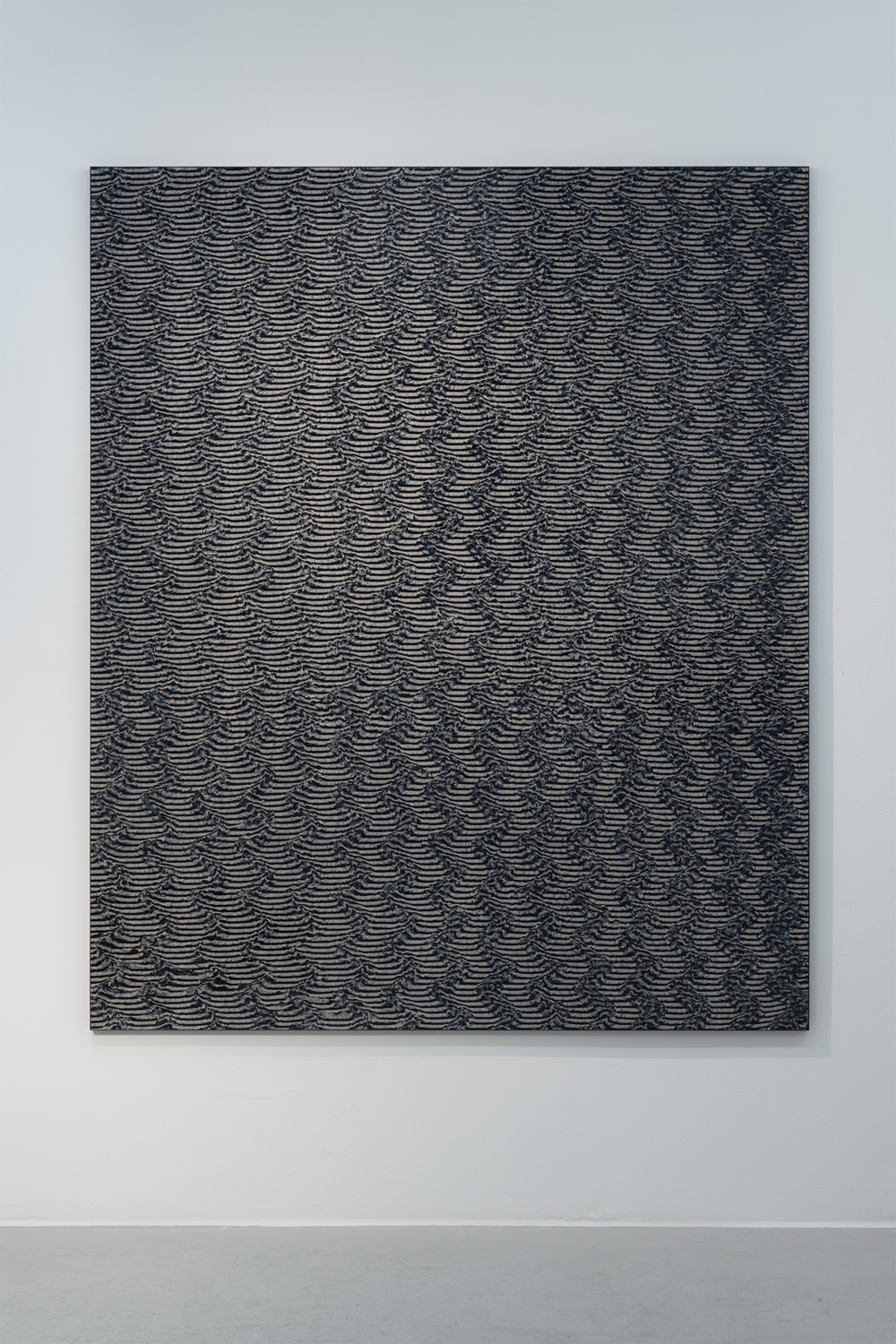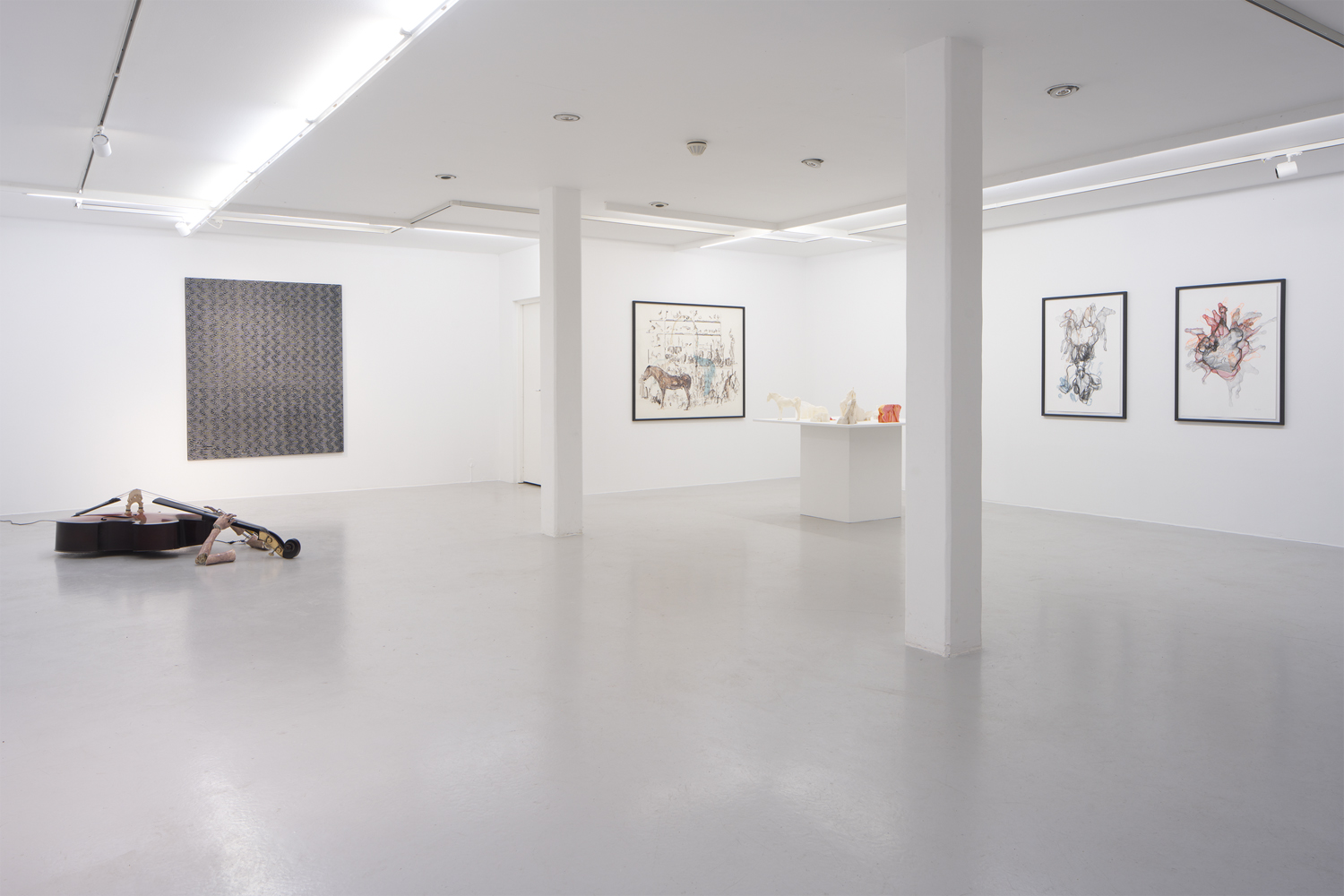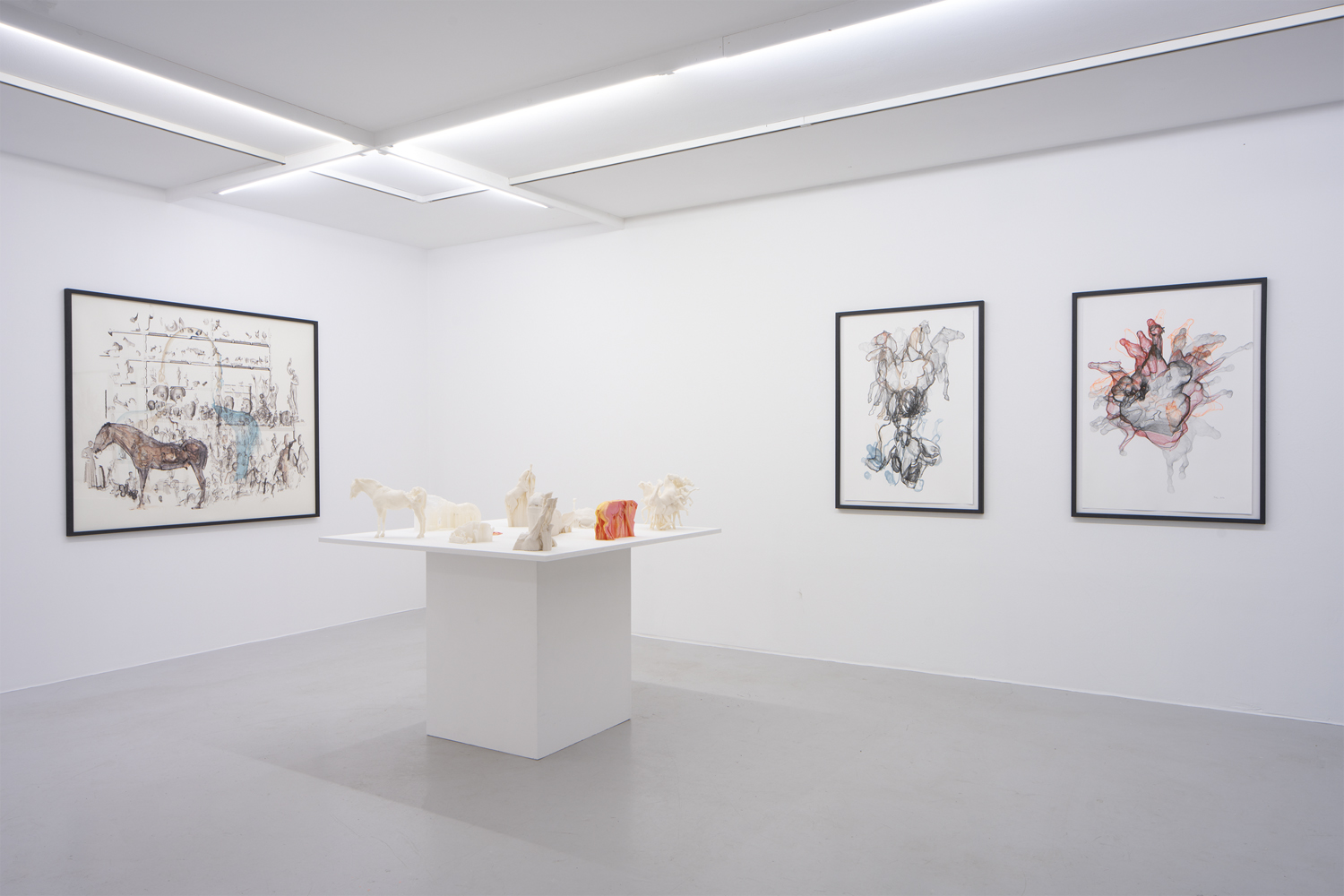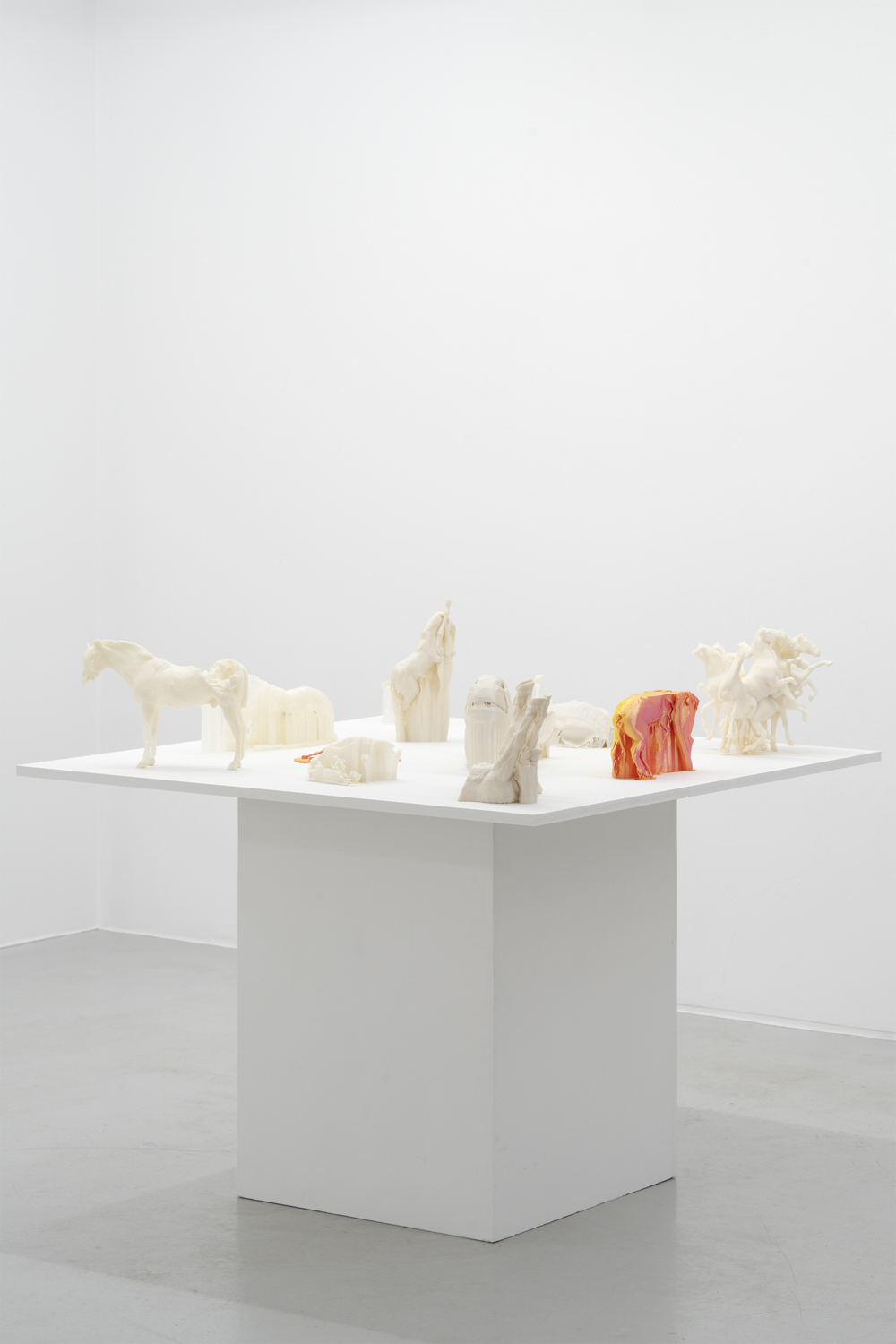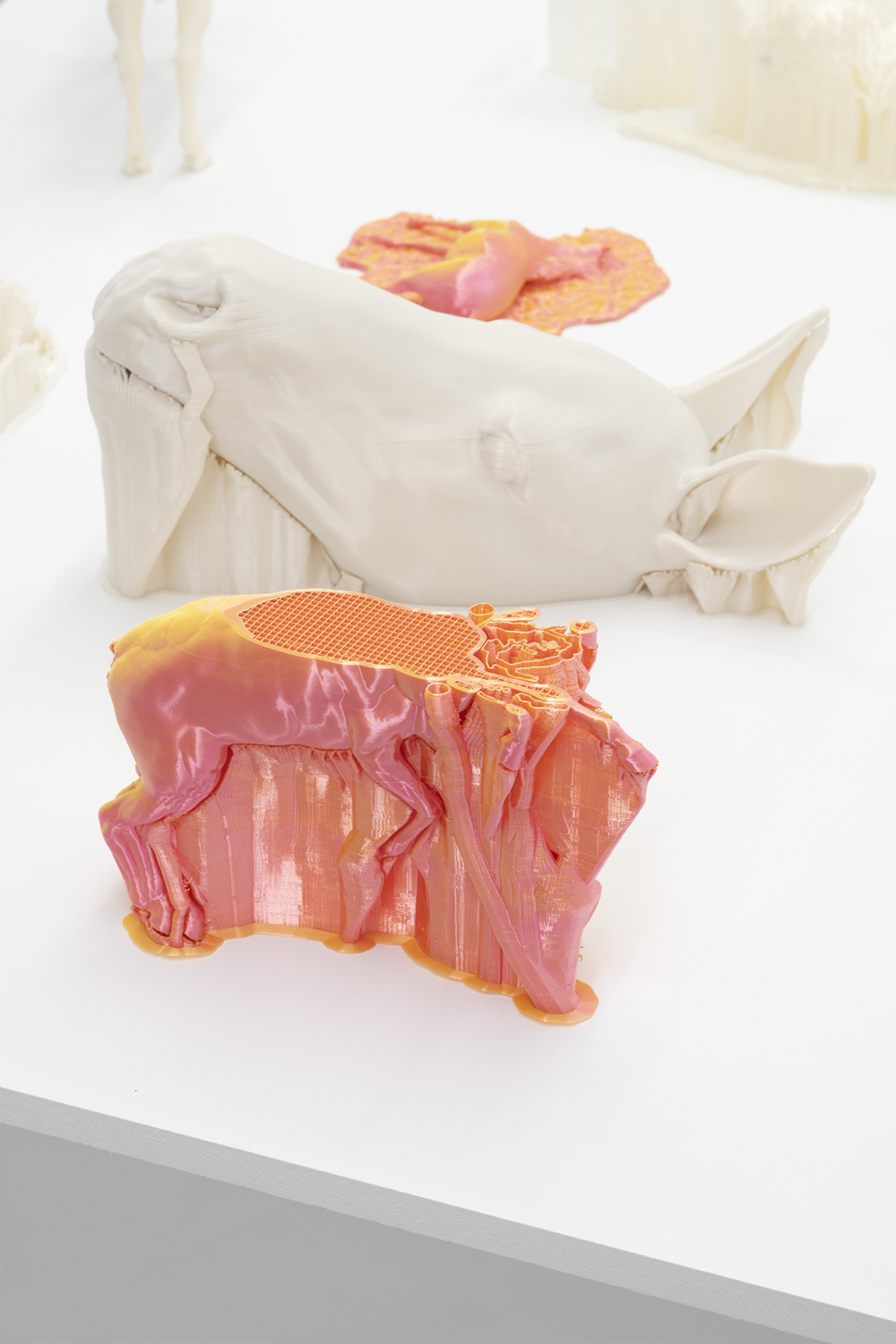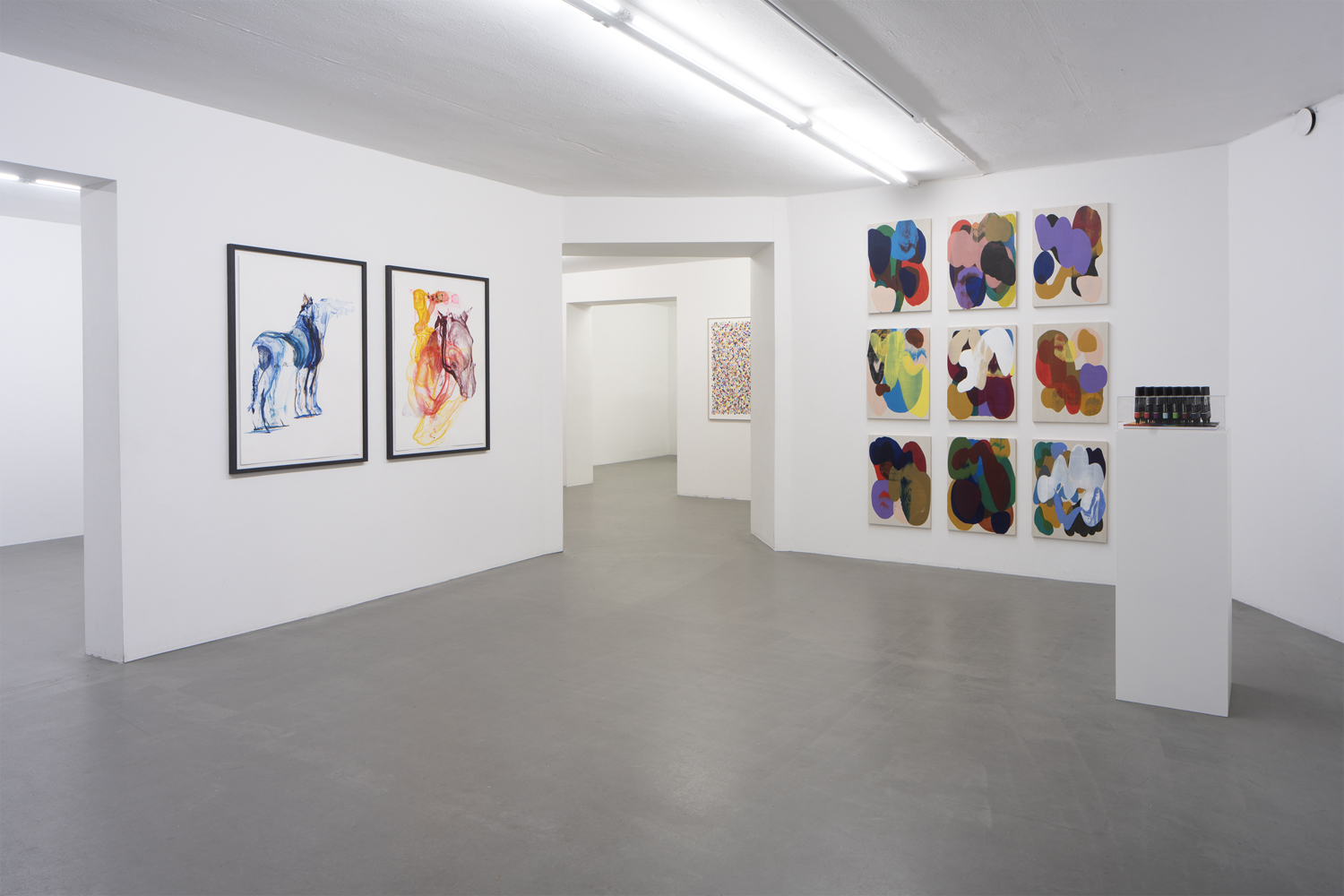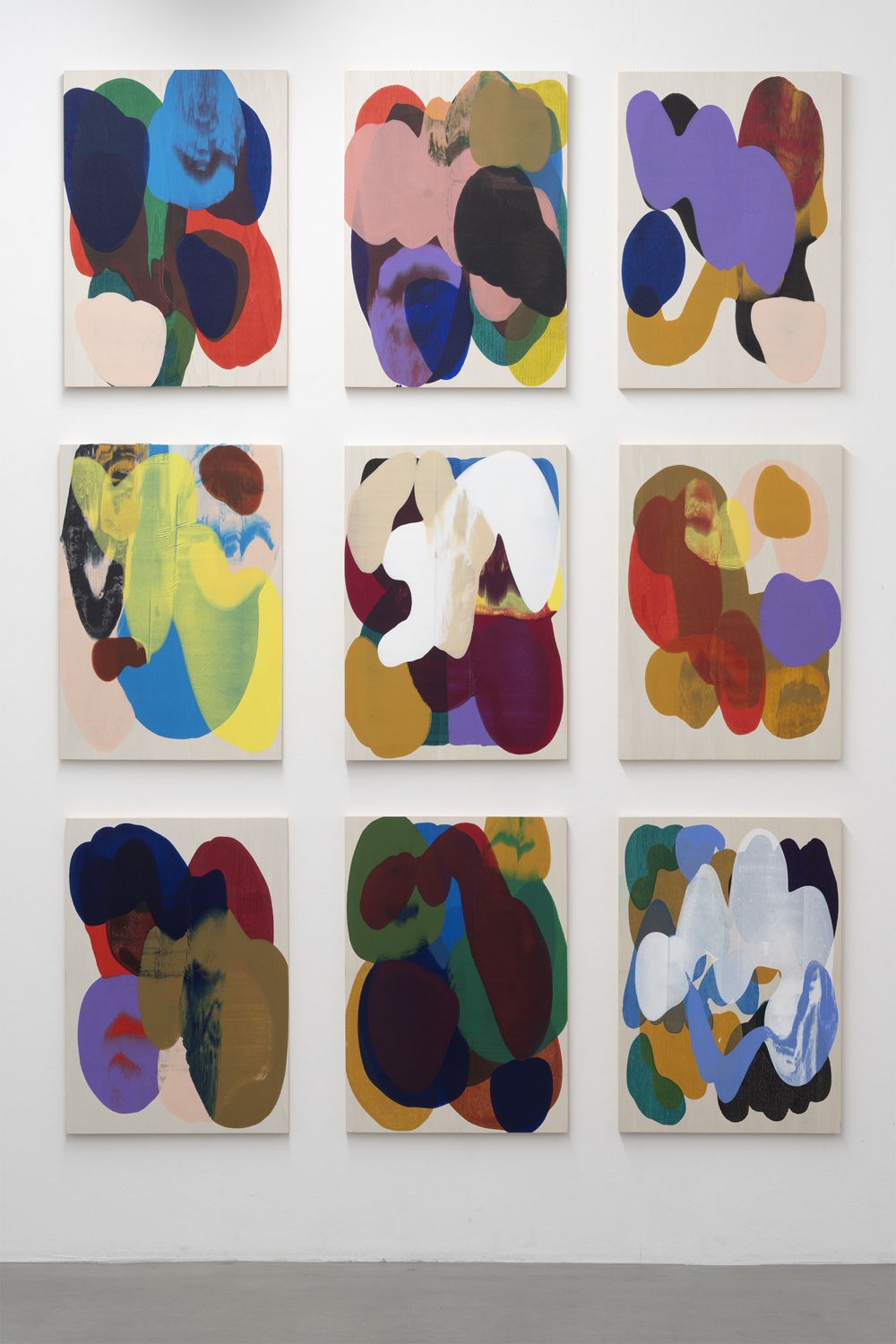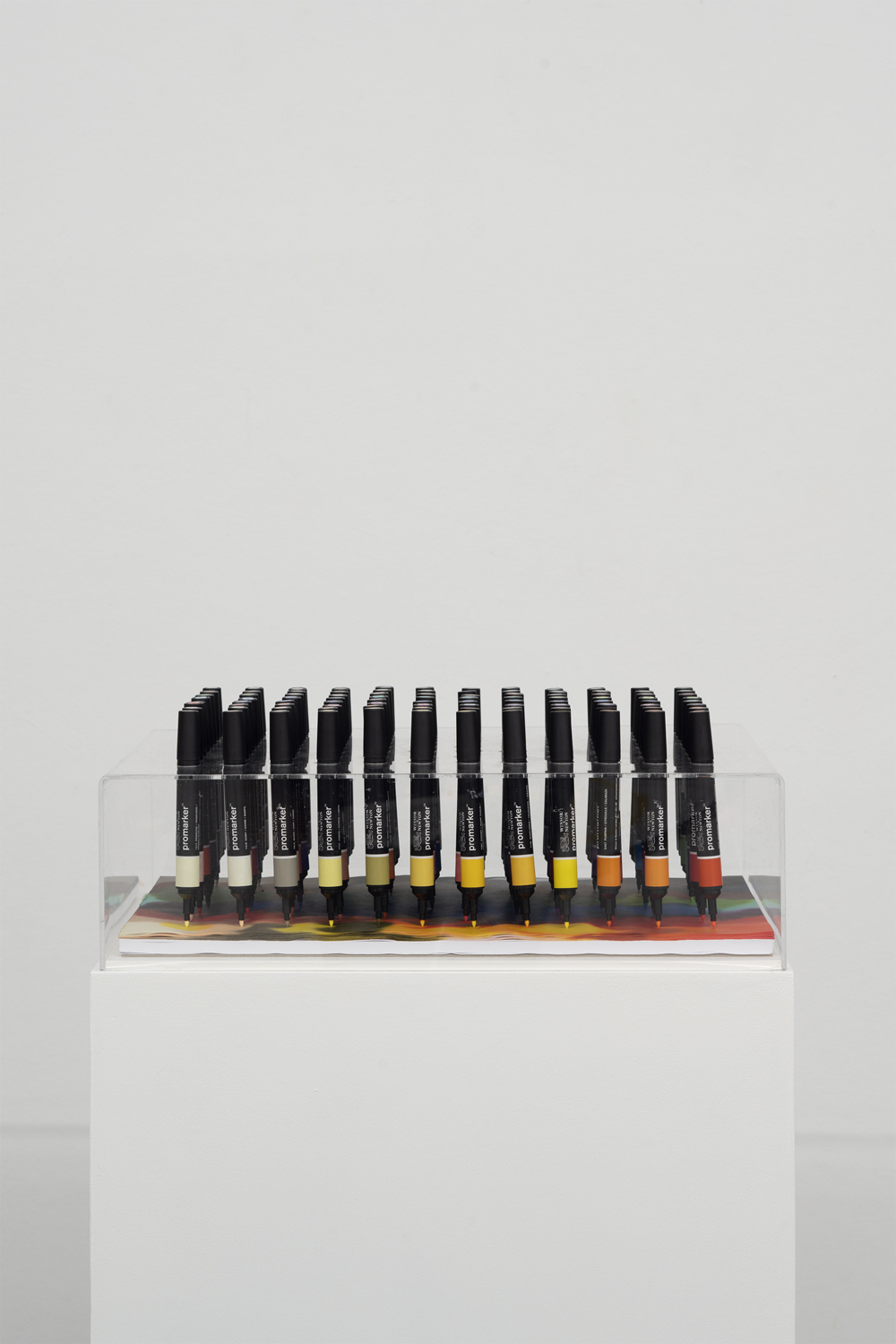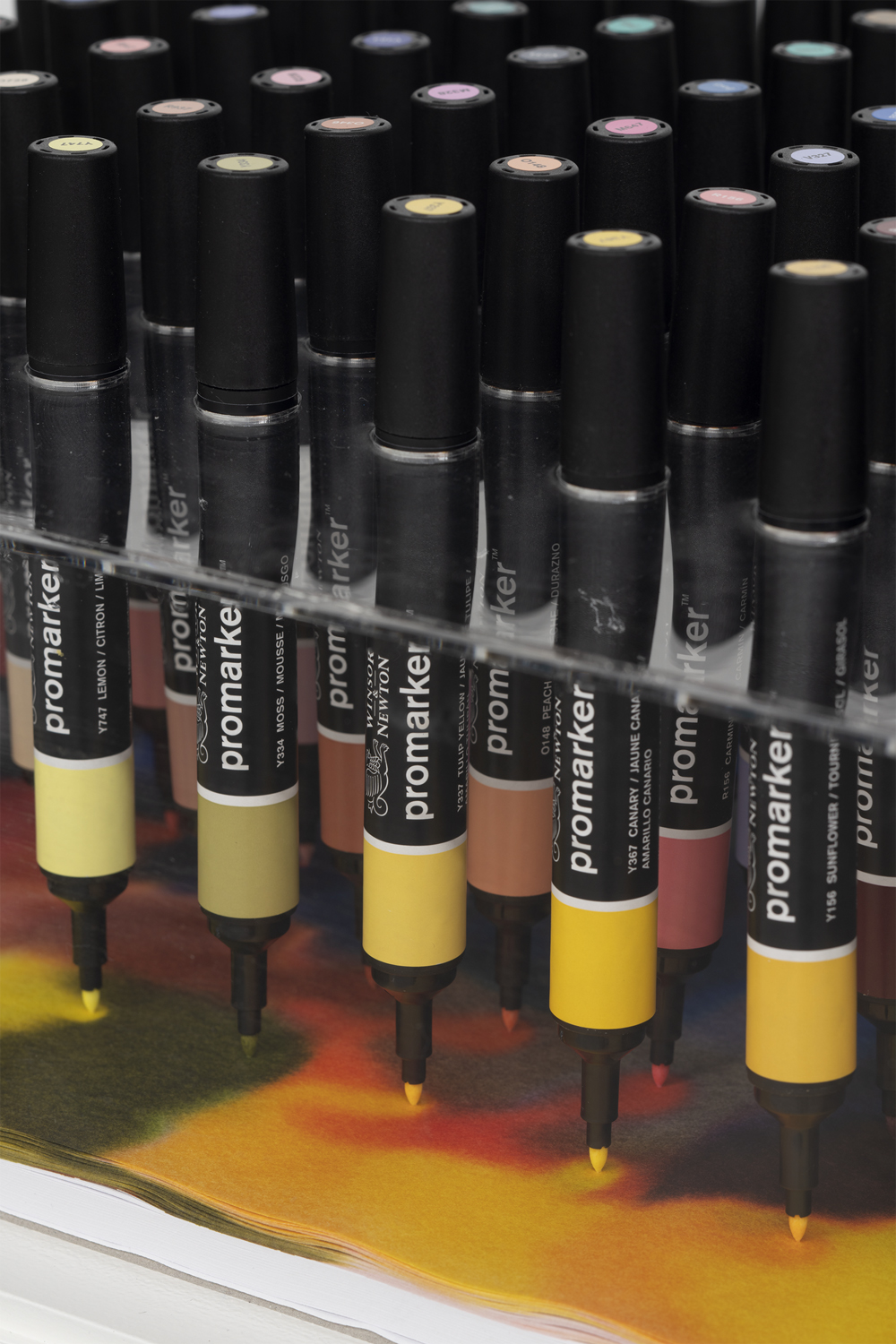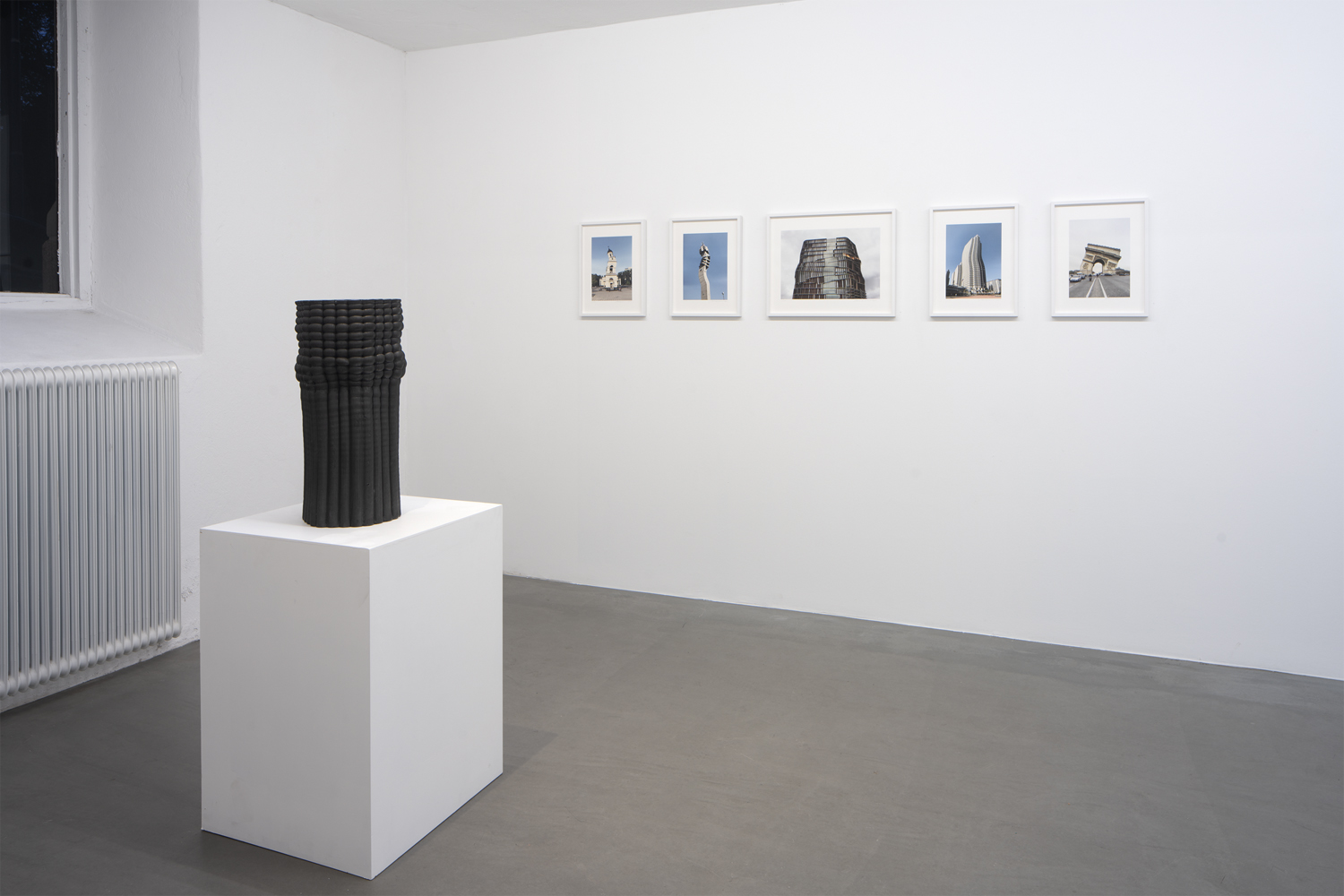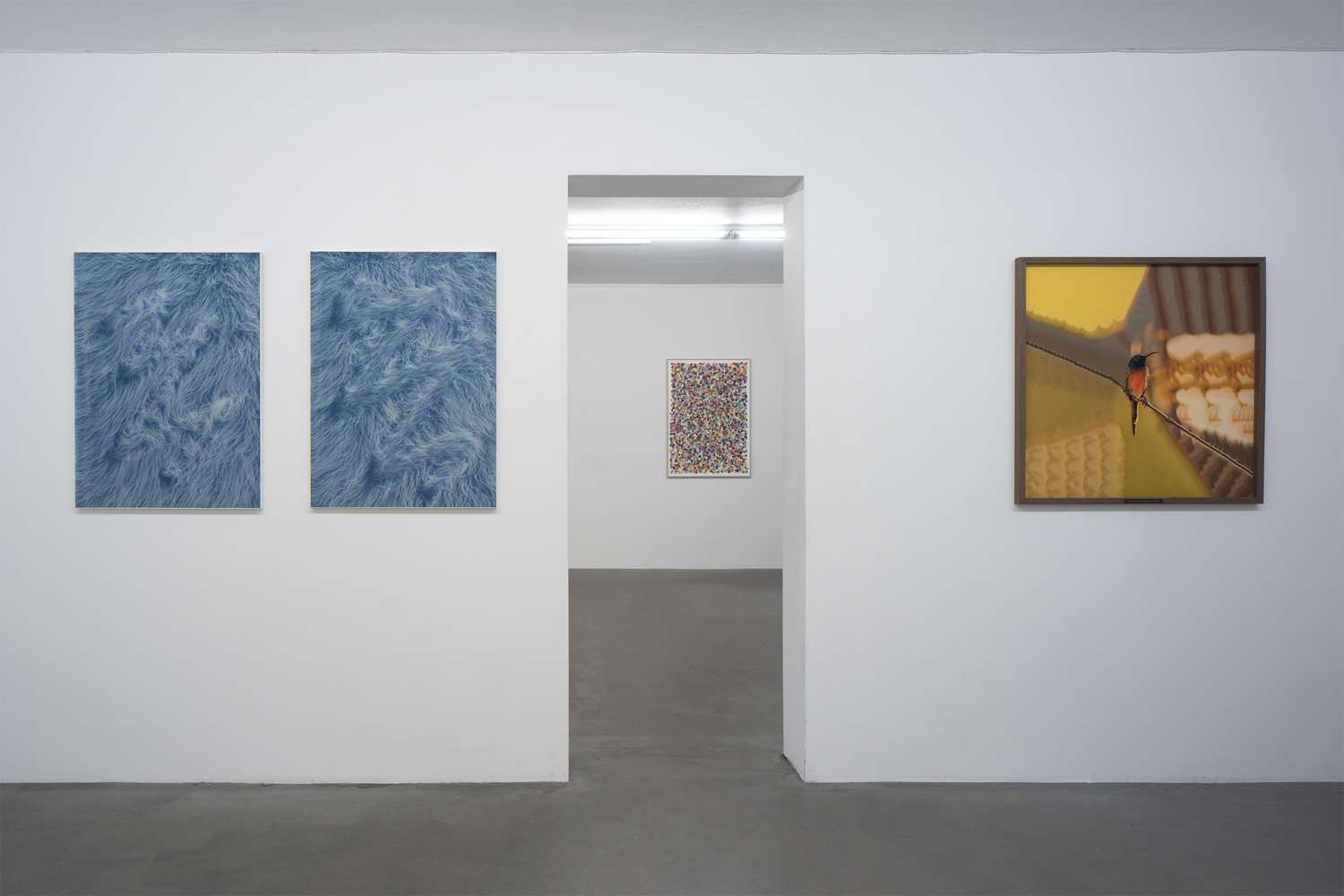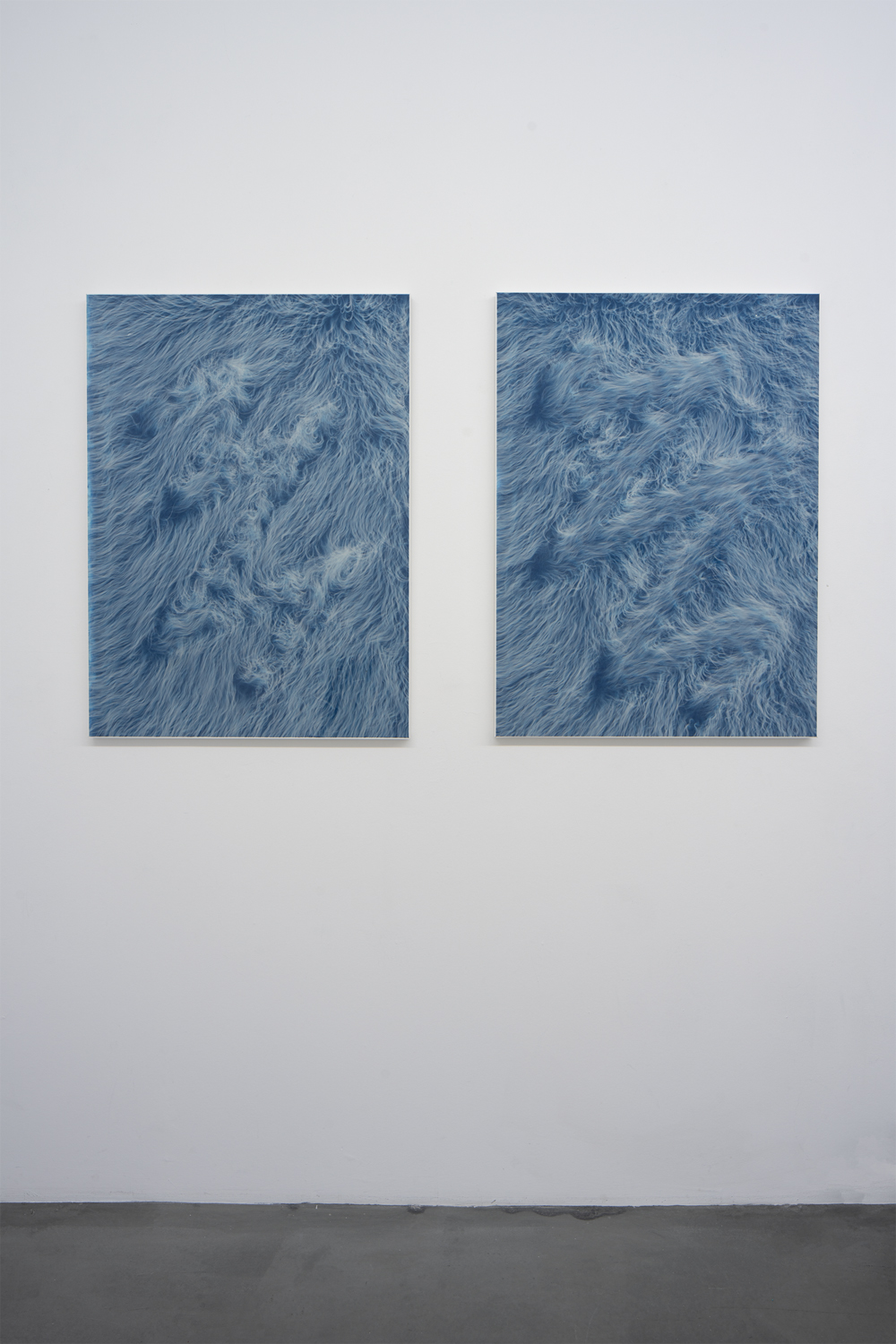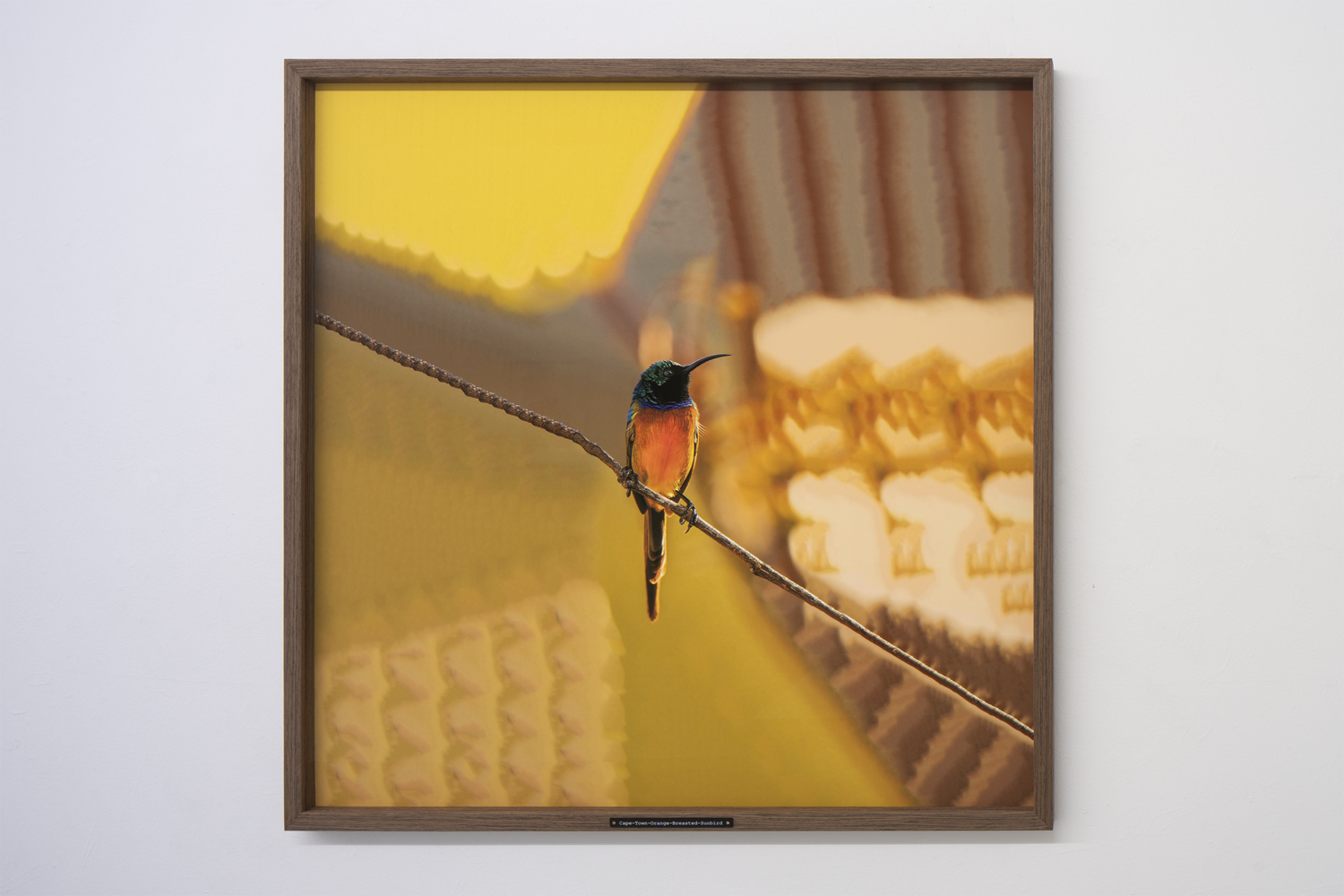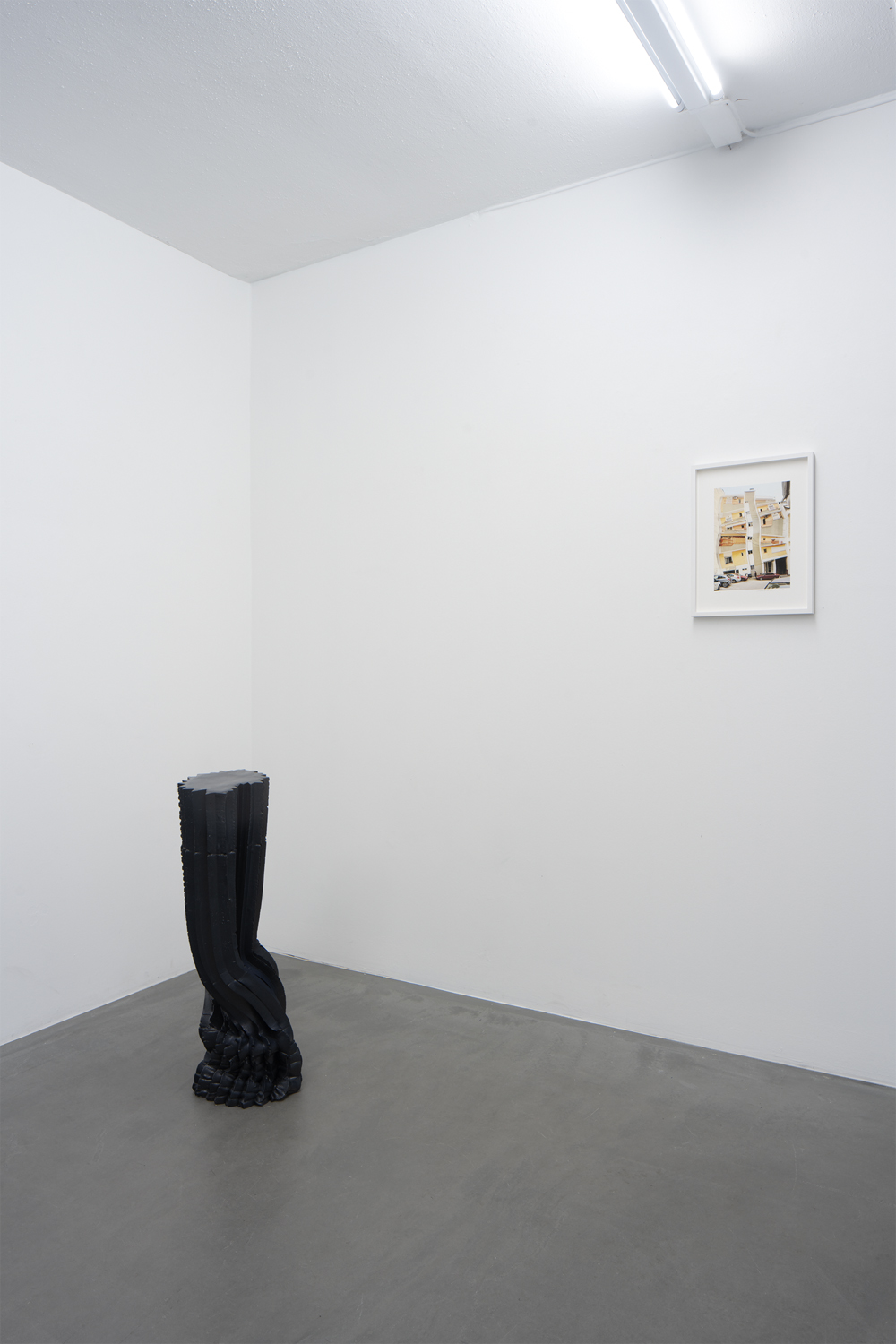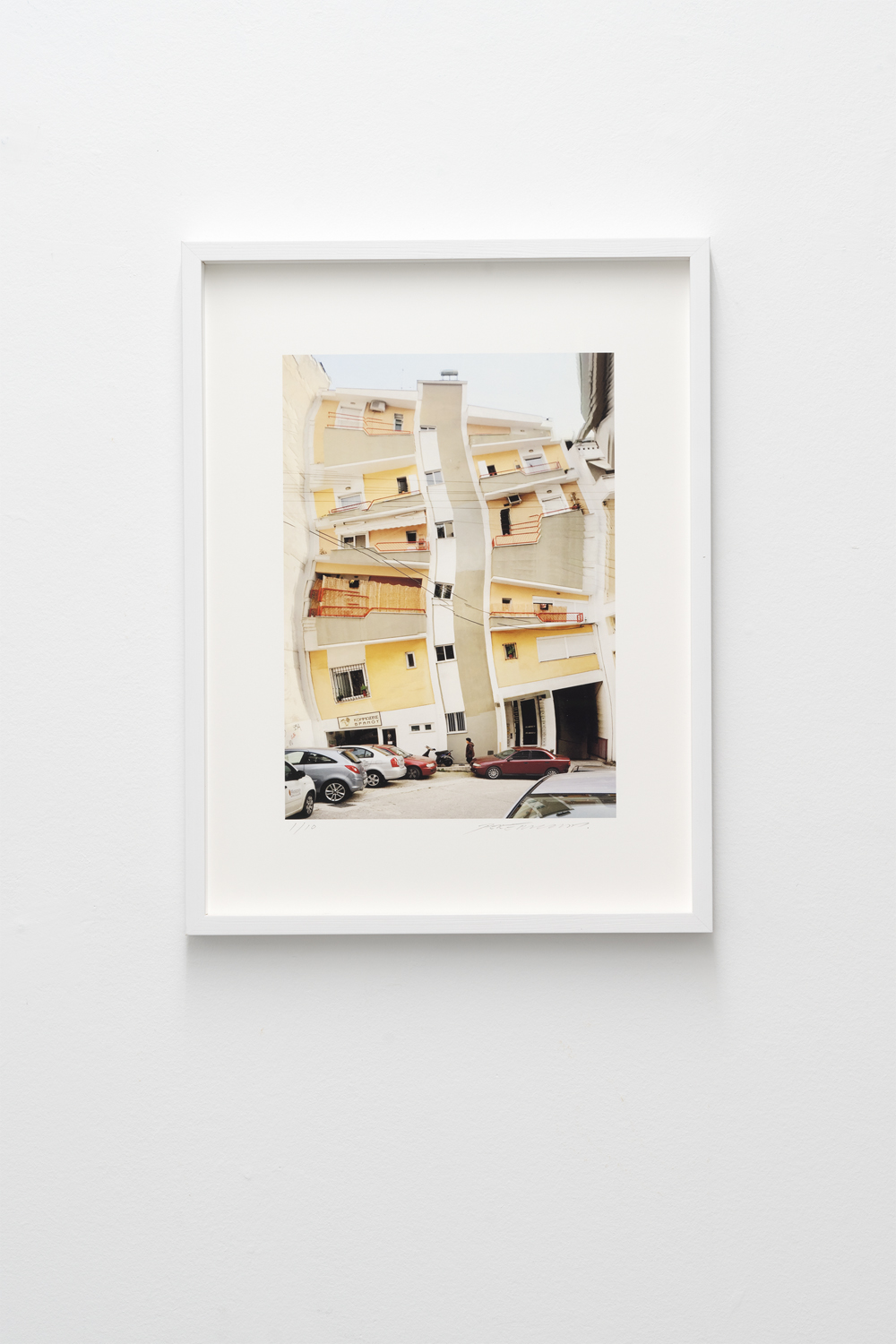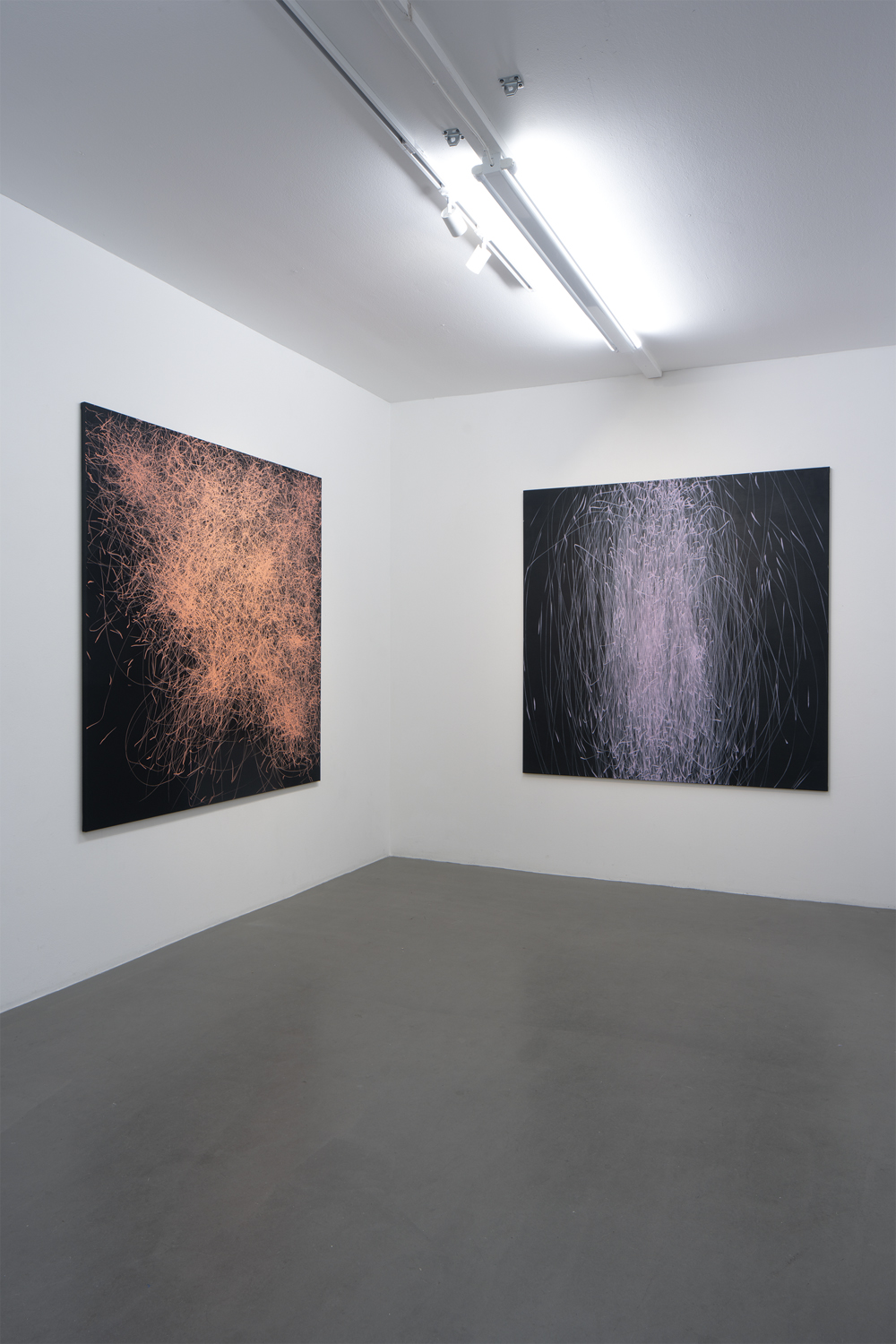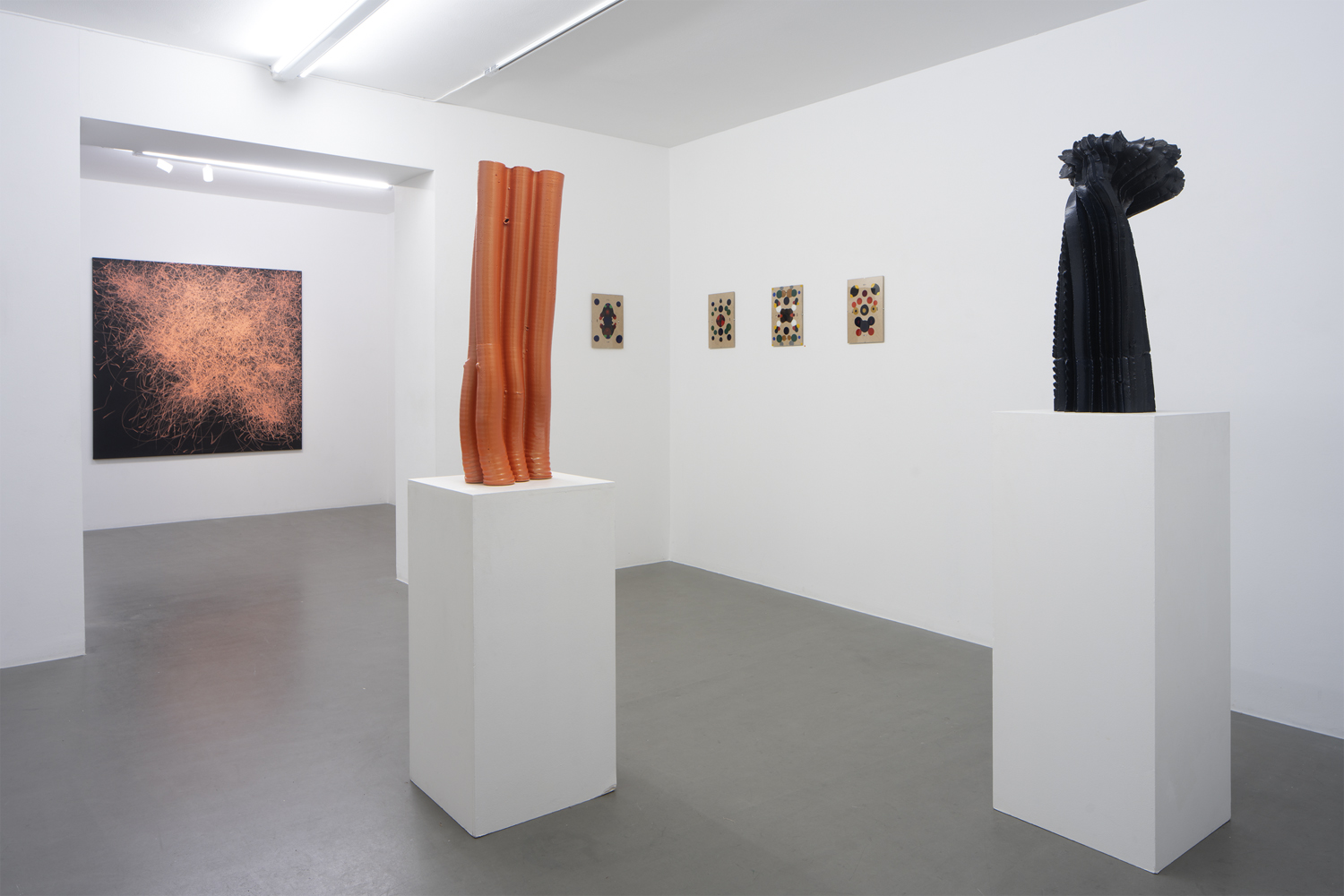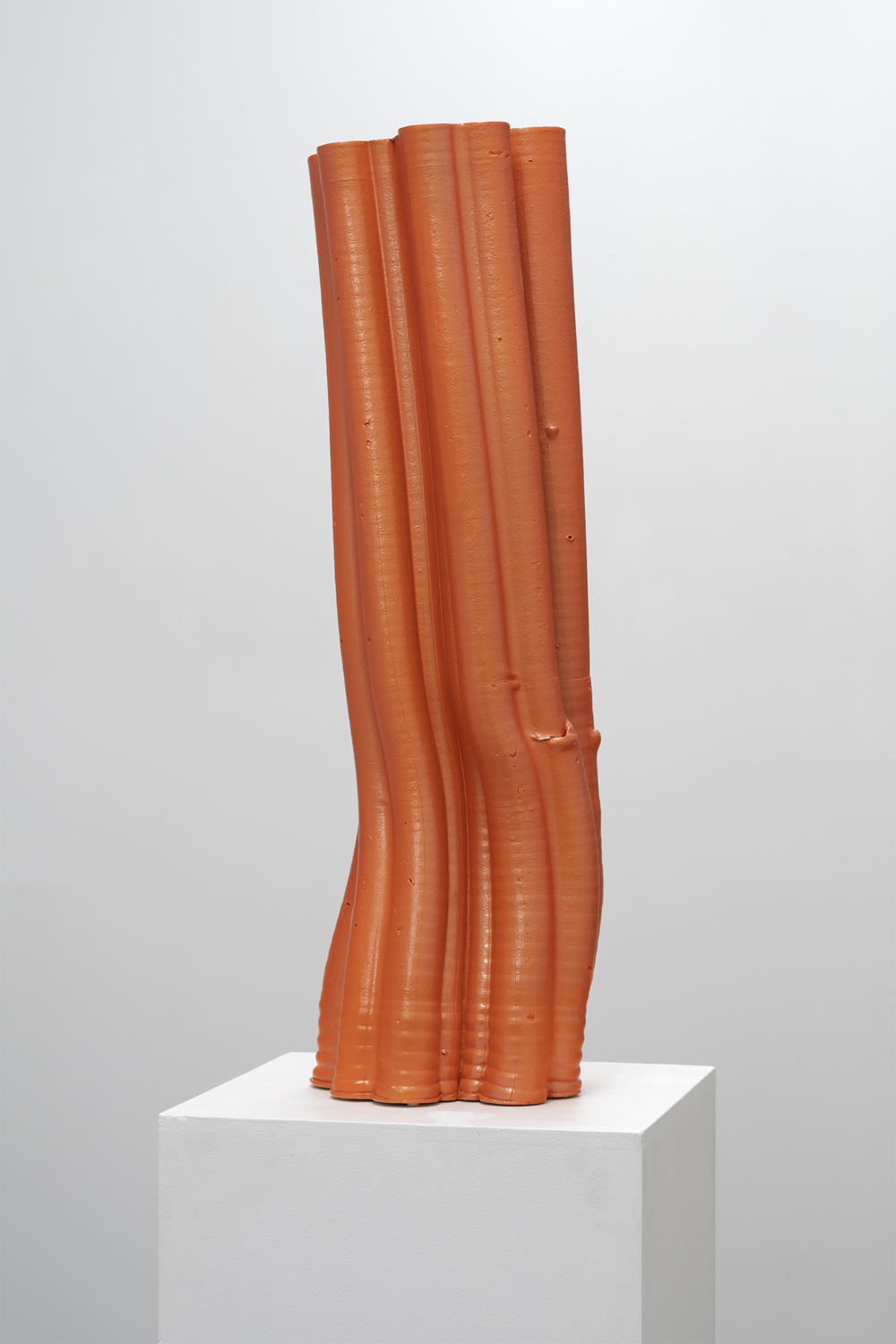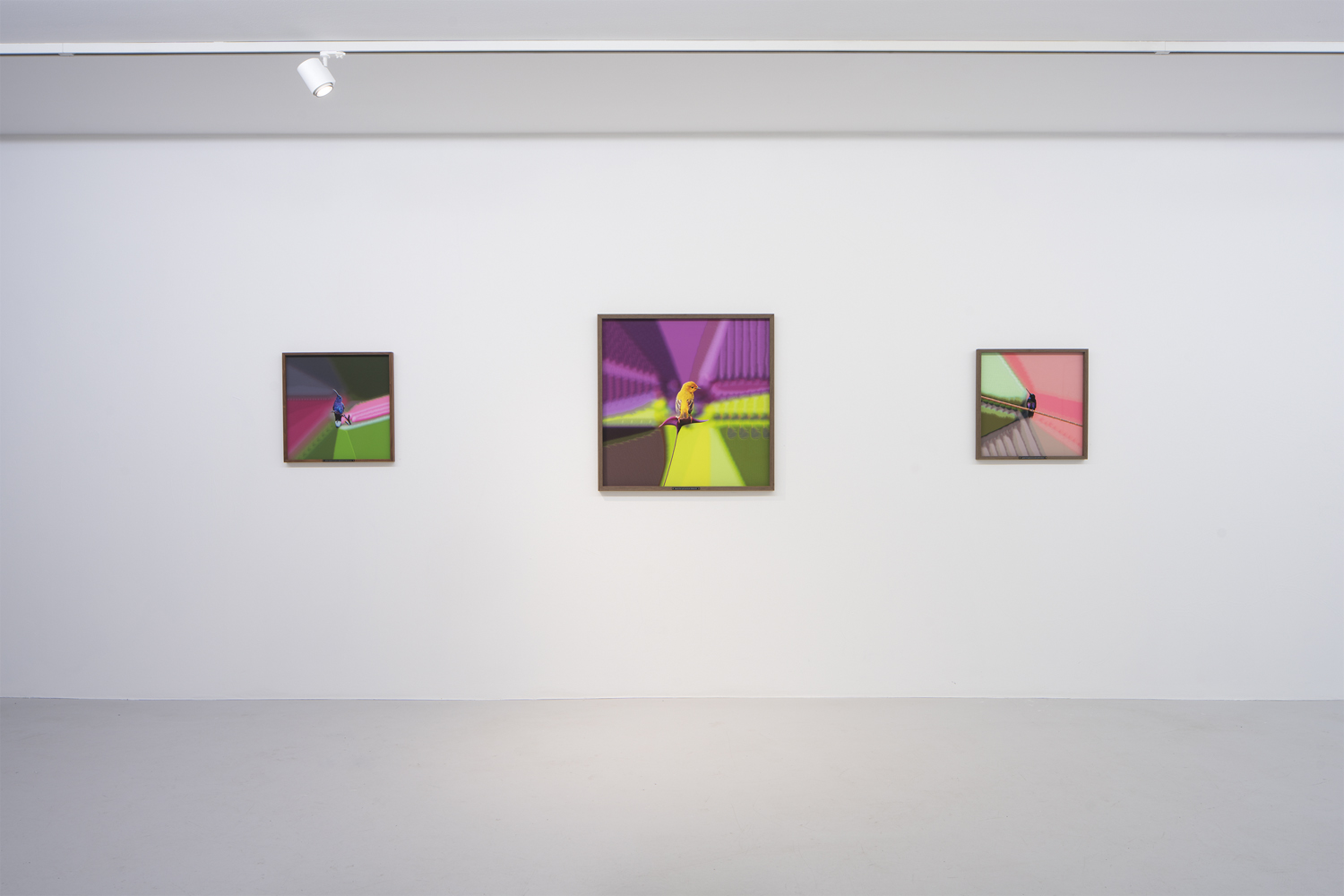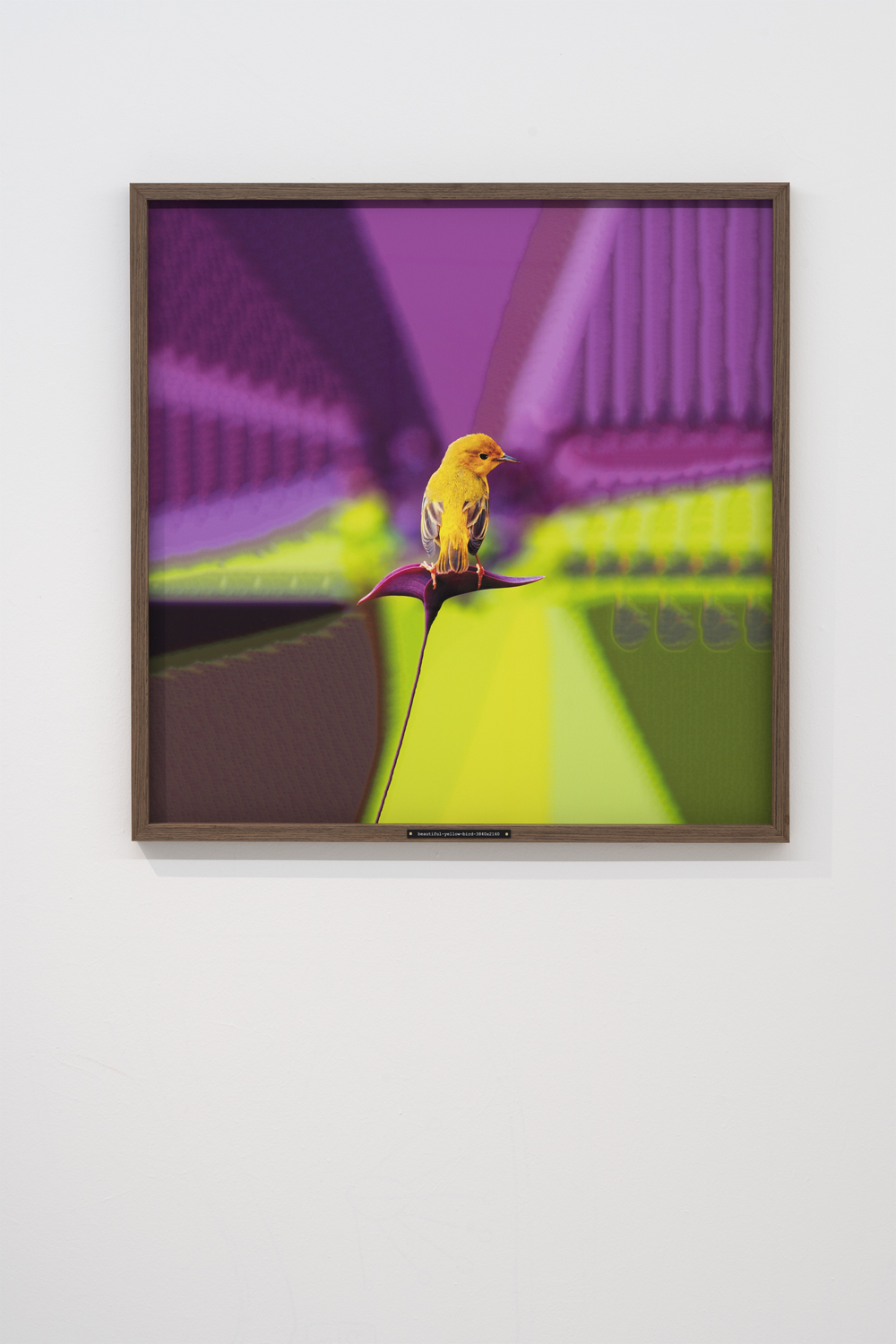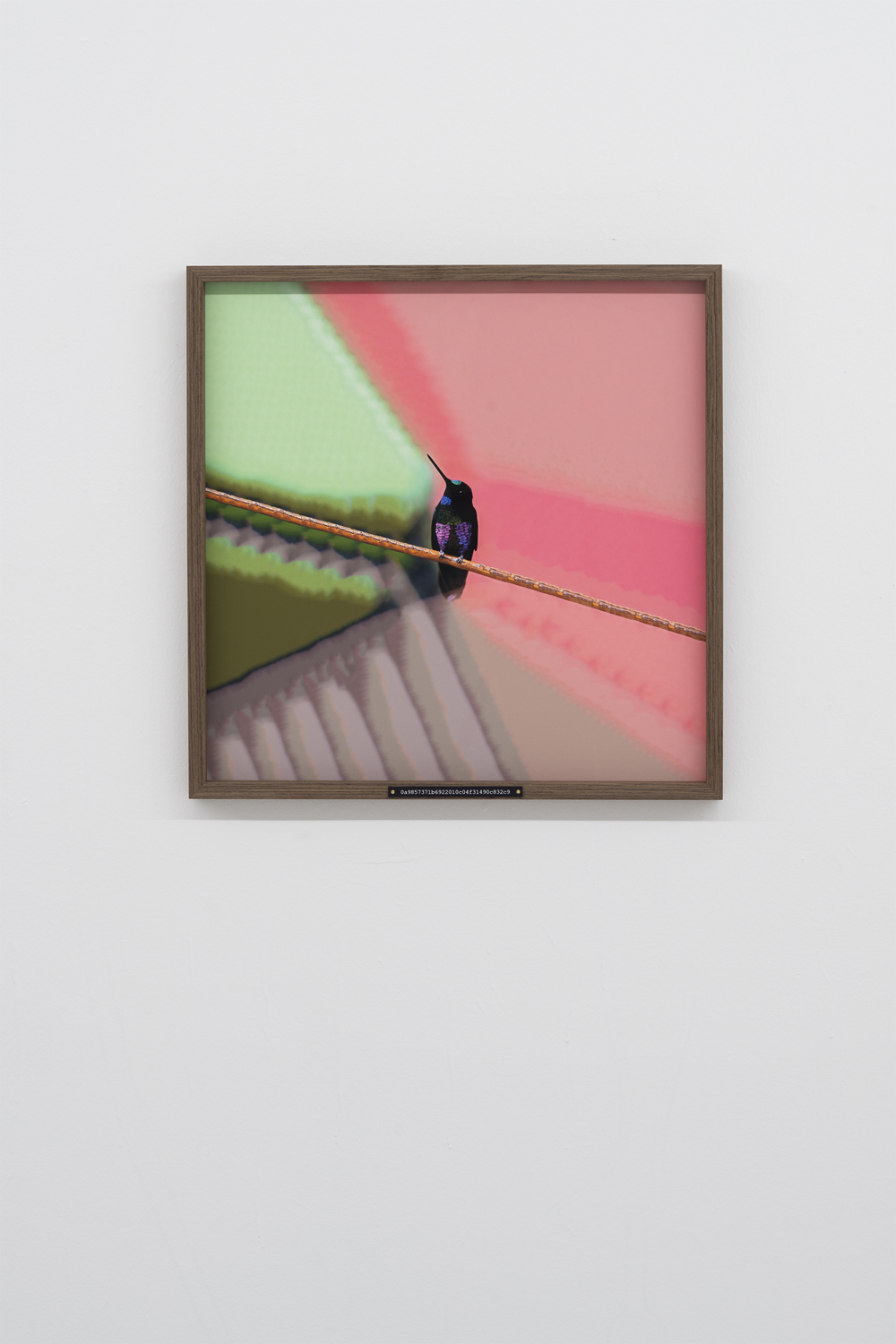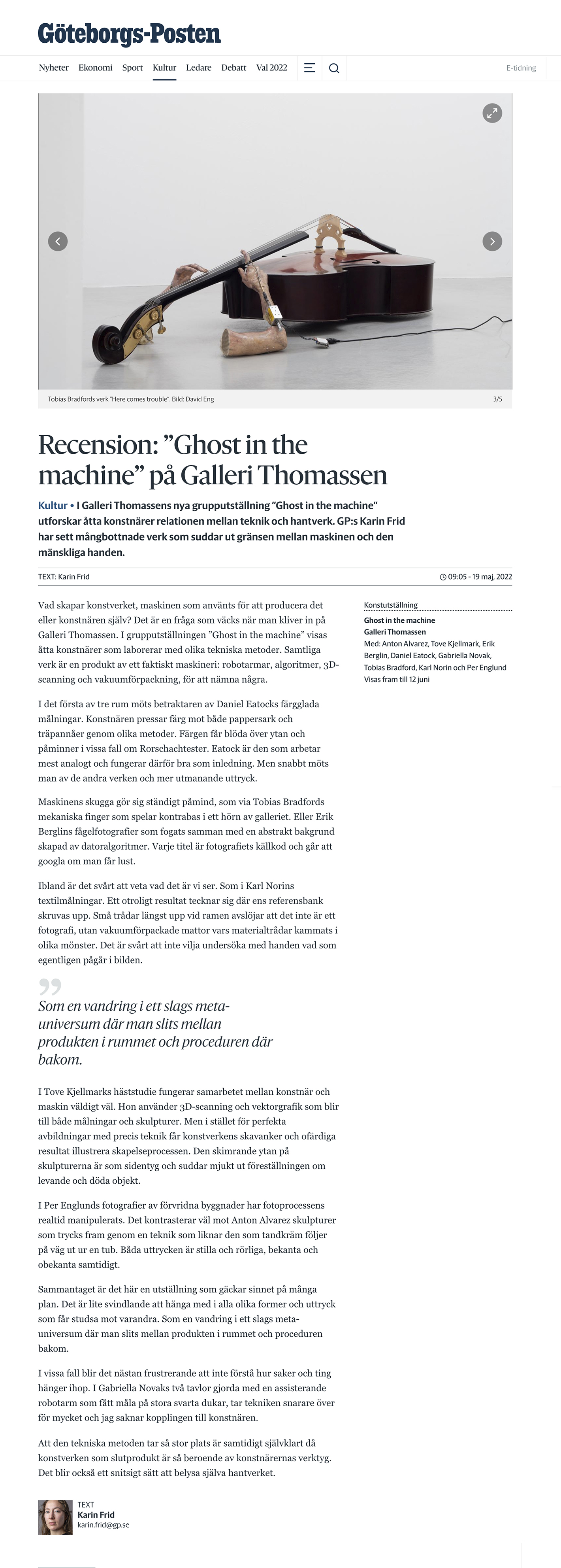Ghost In The Machine
Curated by Erik Berglin
Berg Gallery, Stockholm, 2023.
Clement Valla / Raha Rastifard / Florian Appelt / Mikaela Steby Stenfalk
David Åberg / Daniel Eatock / Per Englund / Tove Kjellmark / Erik Berglin
Thomassen Gallery, Gothenburg, 2022.
Anton Alvarez / Gabriella Novak / Karl Norin / Tobias Bradford
Daniel Eatock / Per Englund / Tove Kjellmark / Erik Berglin
The recent development of artificial intelligence as a creator of both text and visual material has begun to seriously question the artist’s privileged position. At the same time, modern technology offers new possibilities for artistic expression and exploration, and has consequently become an integral part of many artists’ practices. The exhibition Ghost in the Machine focus on artists who work with technology in a curious way and the machine is assigned the role of co-creator.
When the chess computer Deep Blue defeated the reigning world champion Garry Kasparov he claimed that Deep Blue must have been controlled by humans. According to Kasparov the machine made irrational moves which only a mind capable of abstract thinking could make. Afterwards, it has been speculated if there were glitches in the code that lead to these random moves. So it may have been software errors that defeated one of the greatest chess players of all time. This type of “glitches” are present in the works that make up Ghost In The Machine. The exhibition presents artists who work with technology in a curious way which gives the machines the role as co-creators. Advanced technology is mixed with analog methods, but in both cases the equipment becomes a significant factor for the result.
The exhibition lends its title from British philosopher Gilbert Ryle and his critique of Cartesian dualism. The concept refers to the belief that human consciousness exists independently of the physical body – like a ghost in the machine. In an attempt to reverse this reasoning, the exhibition aims to show examples of how machines can make art together with human intervention.
